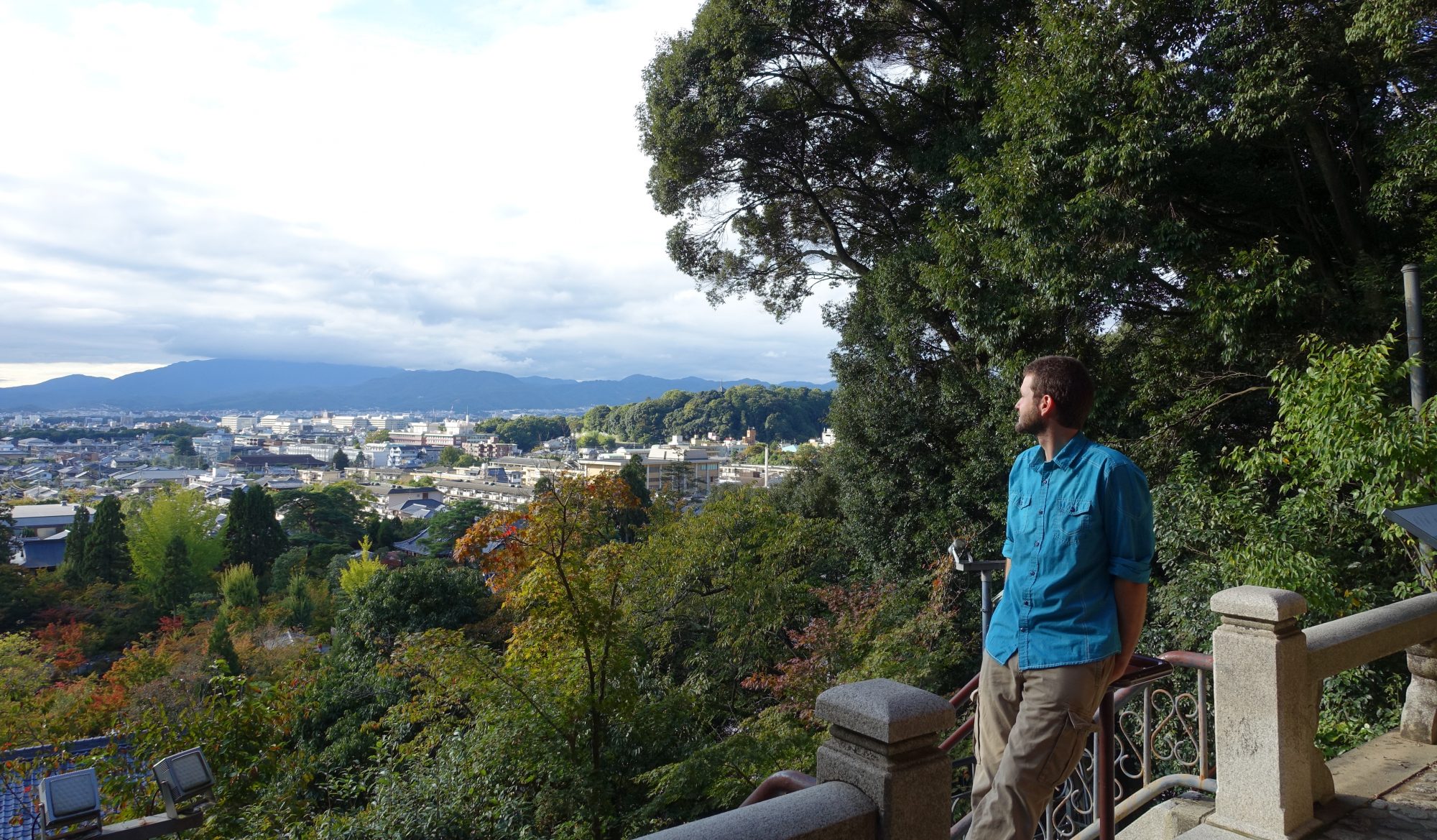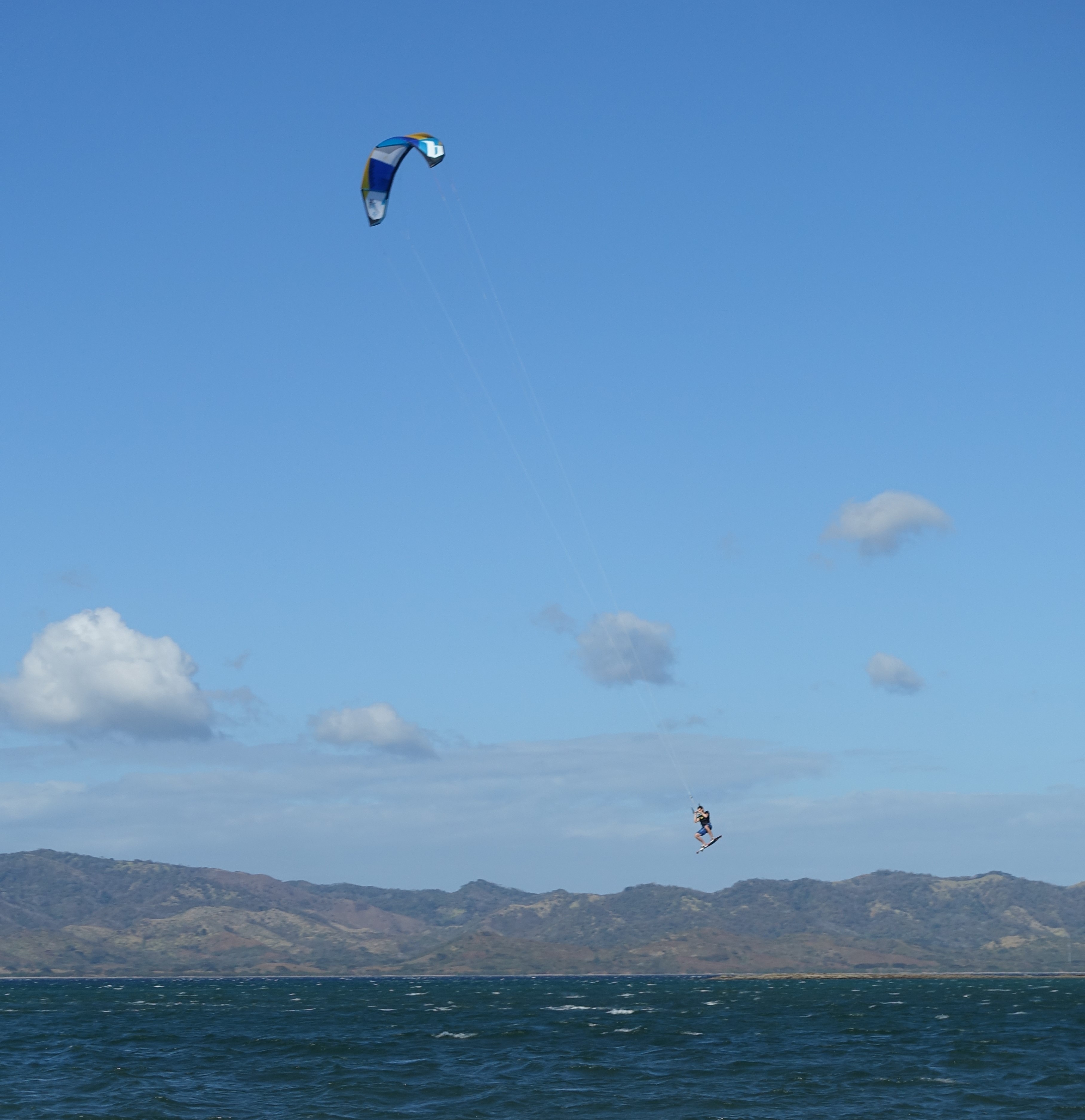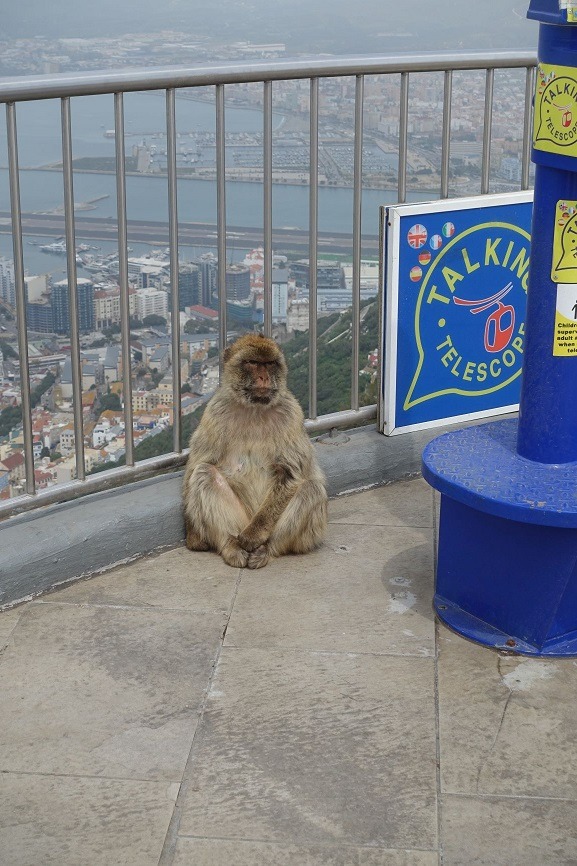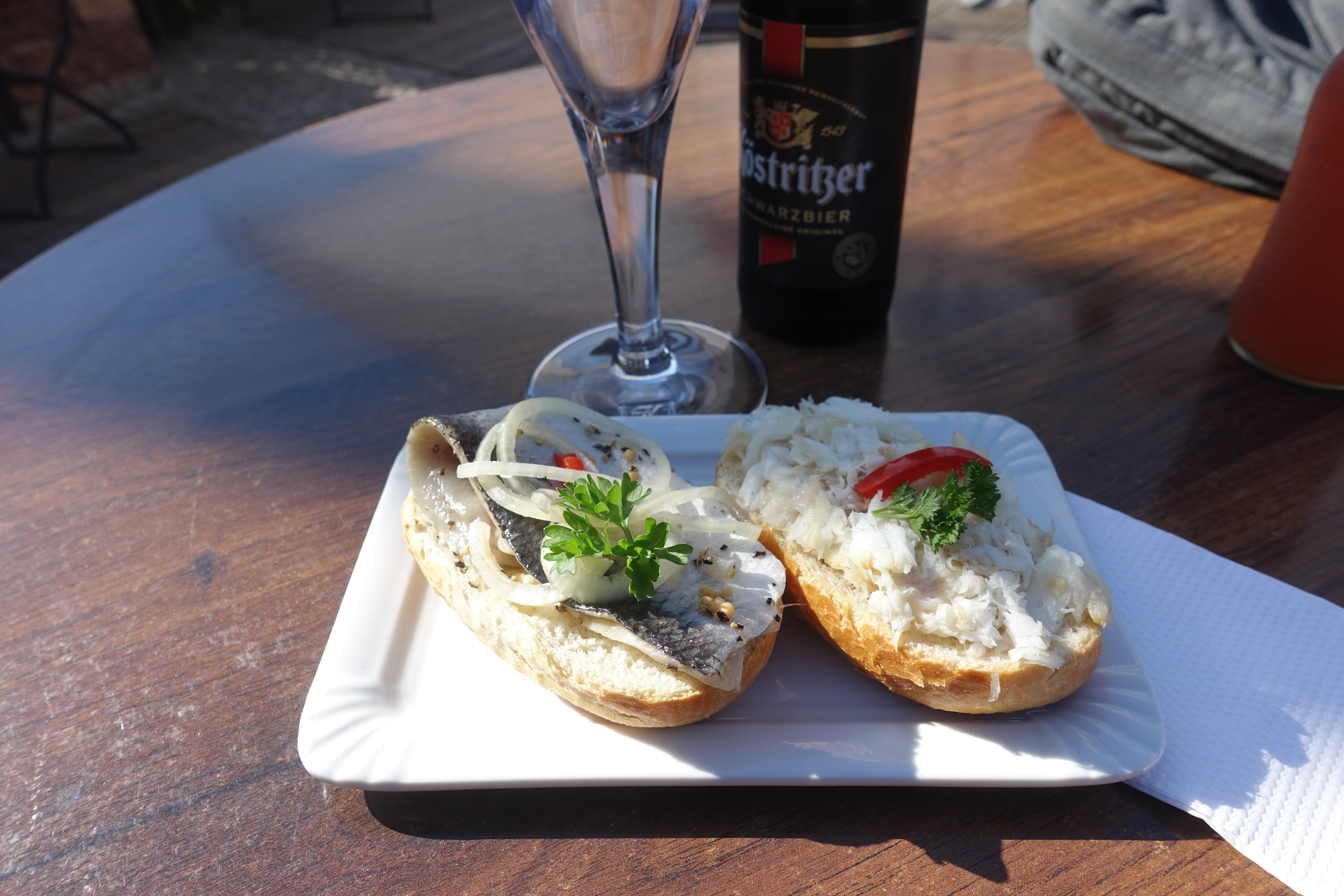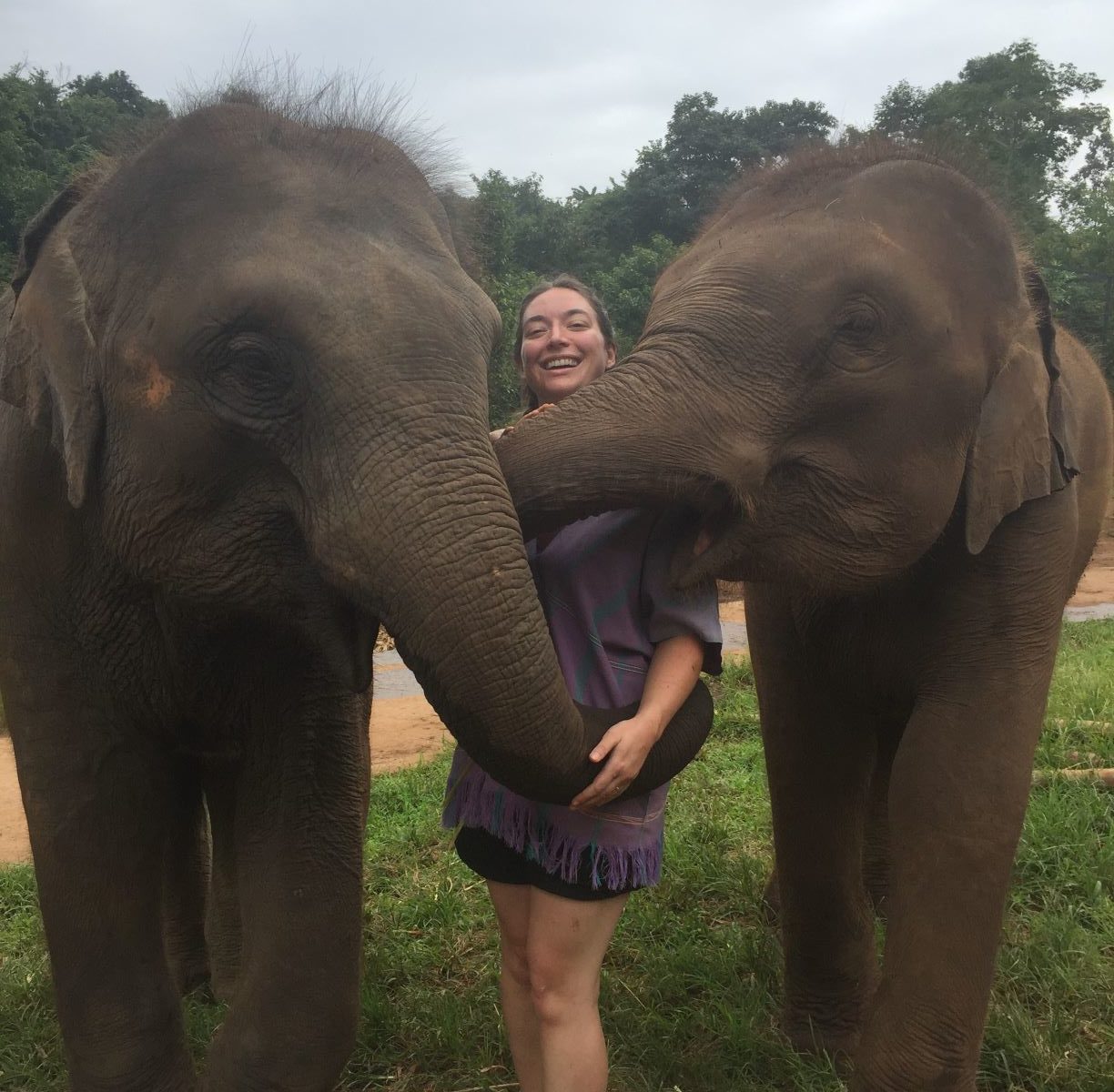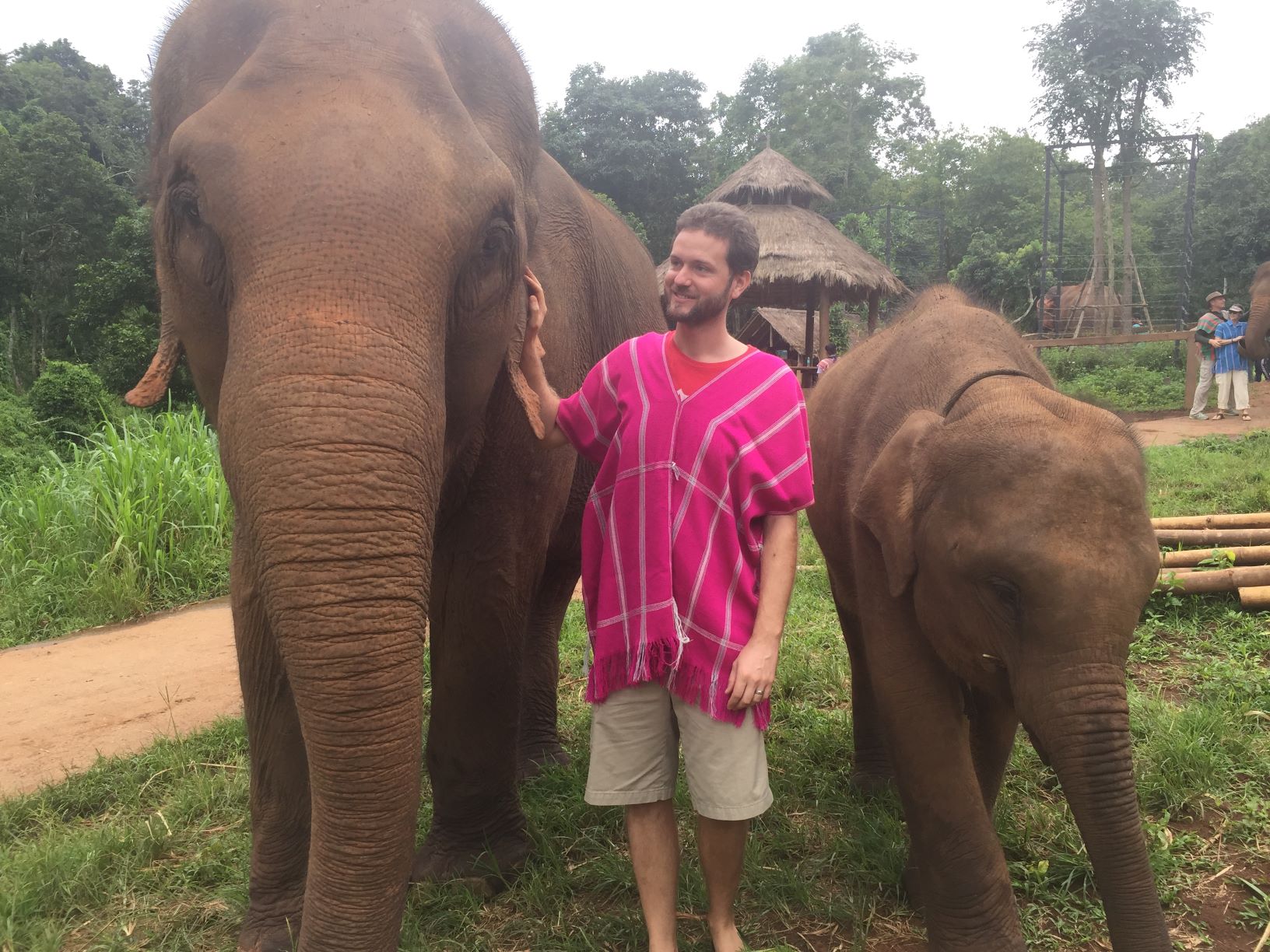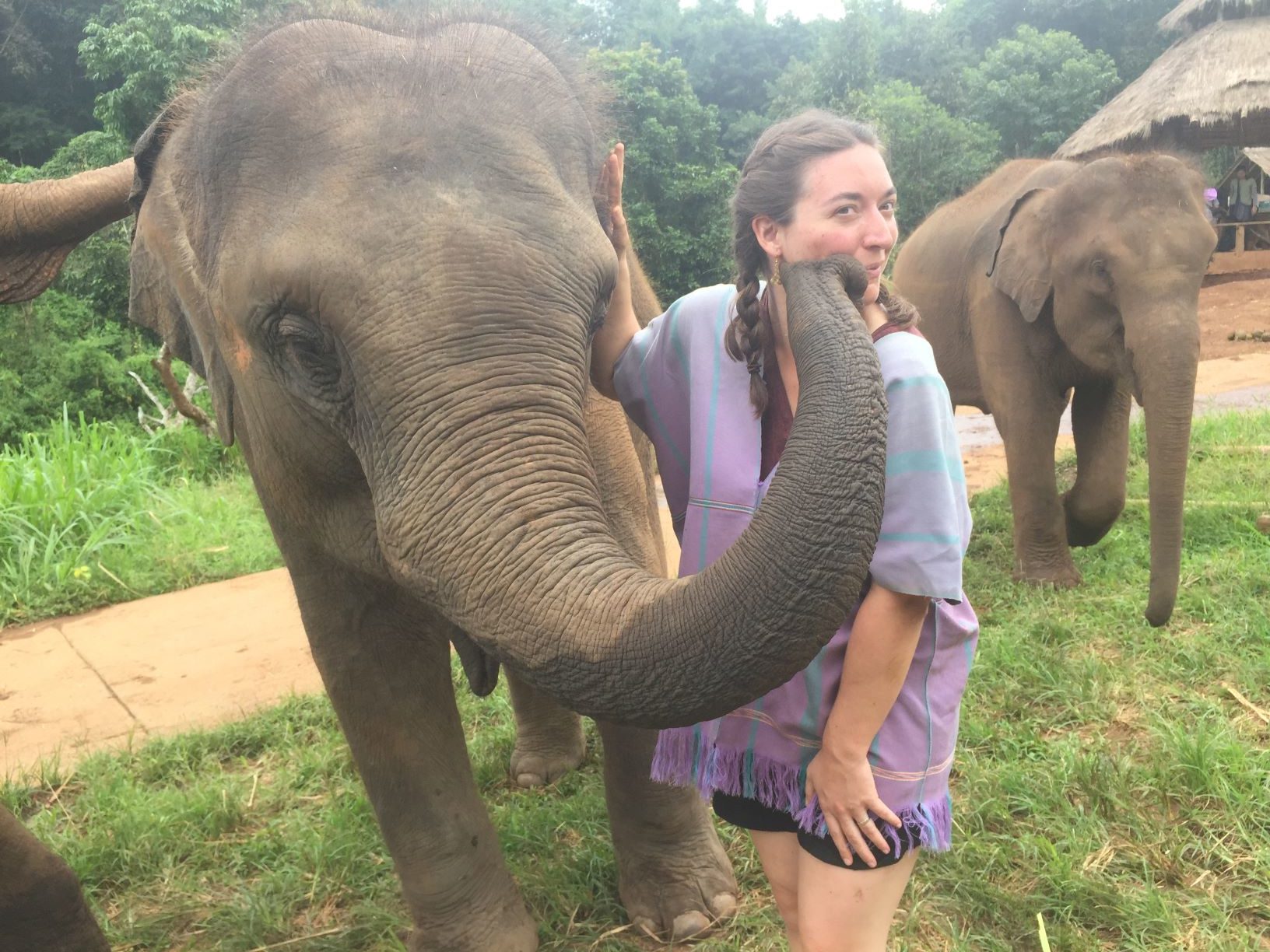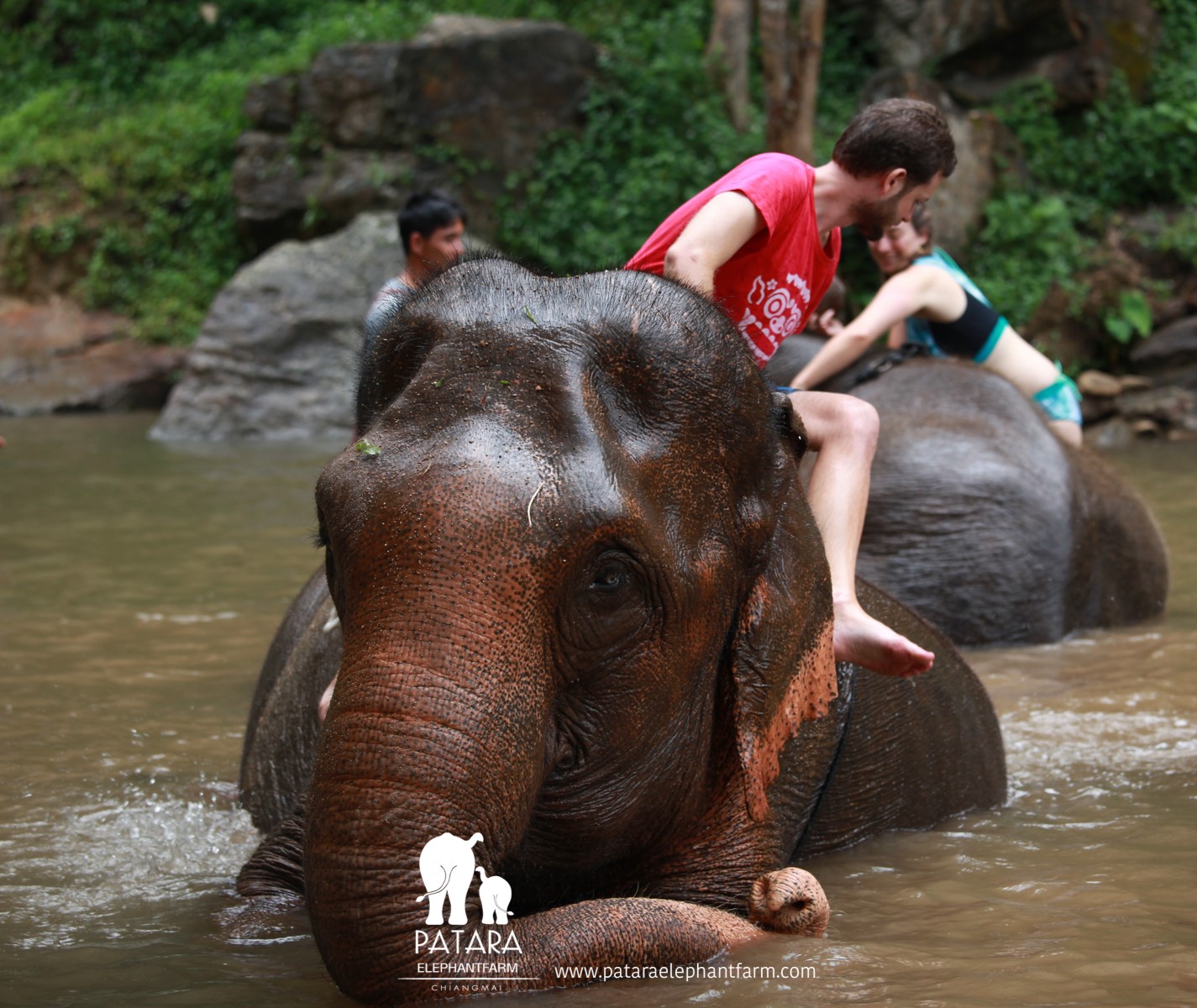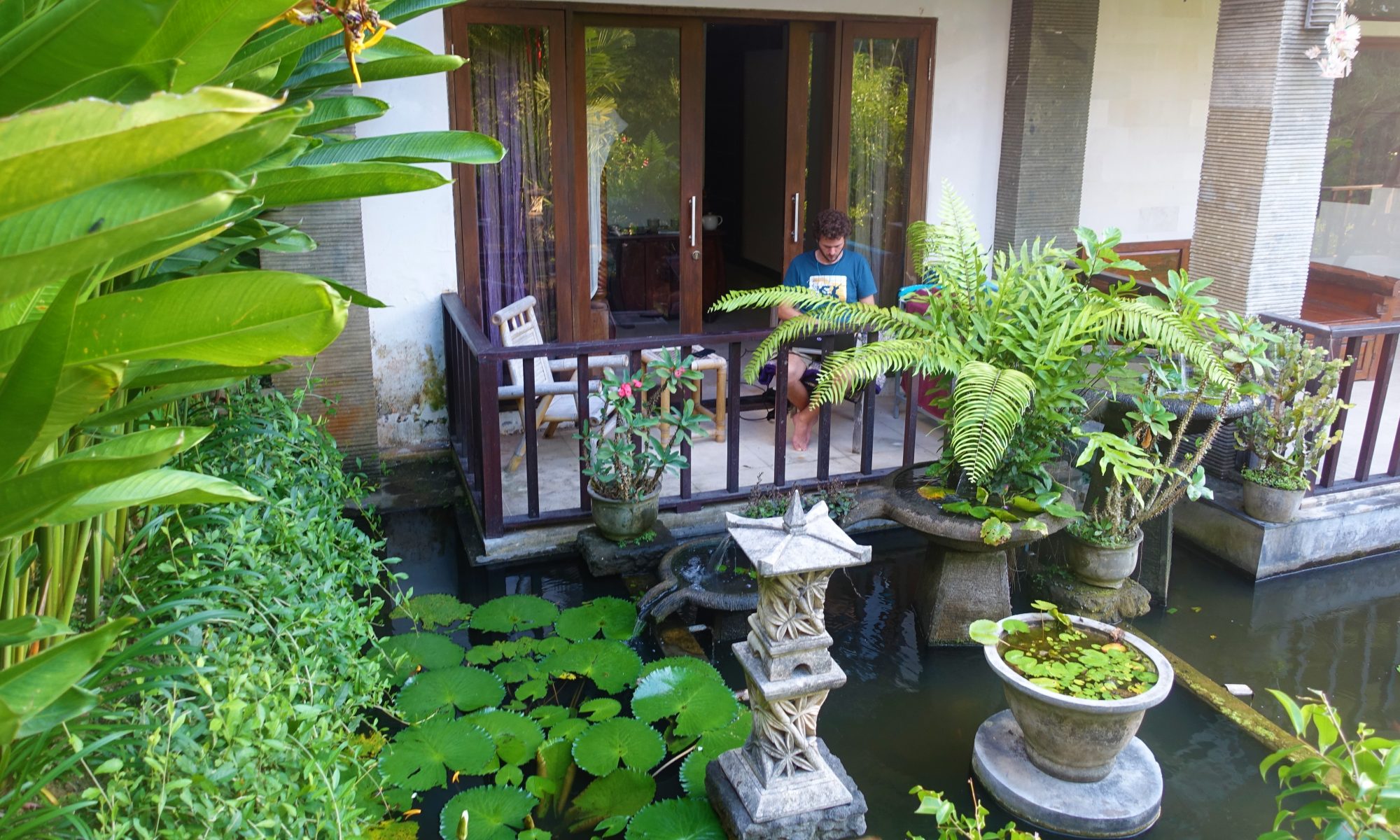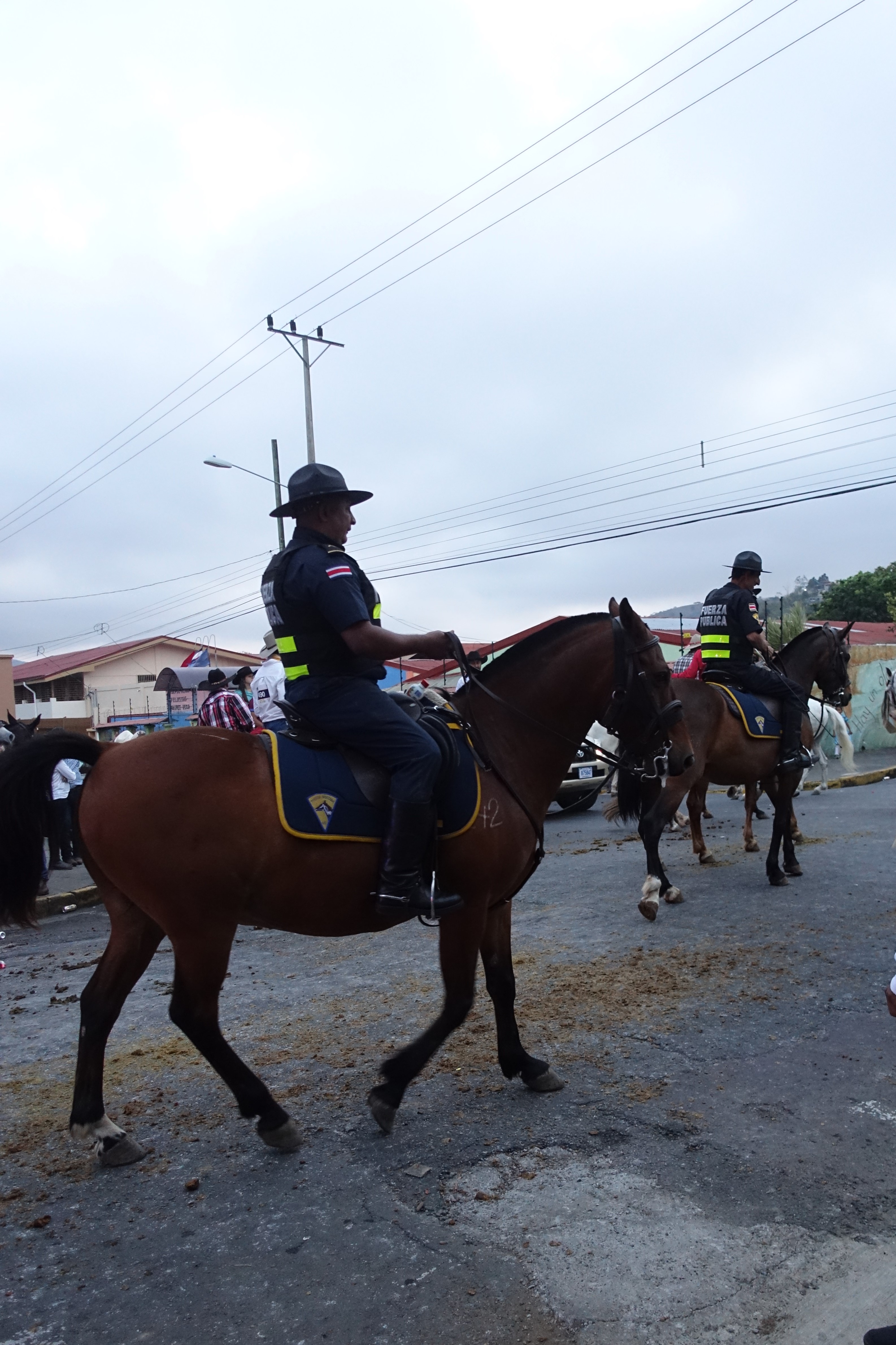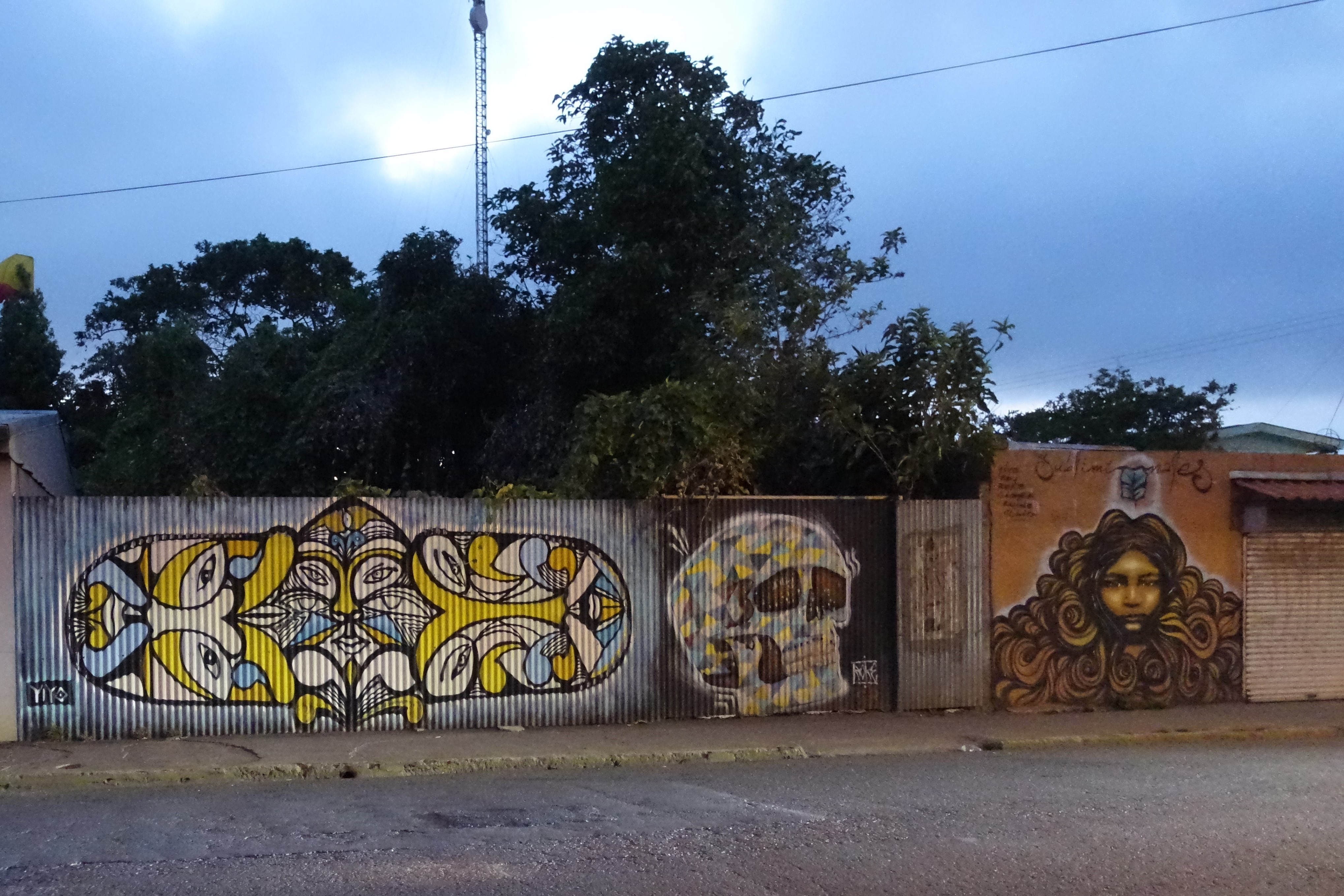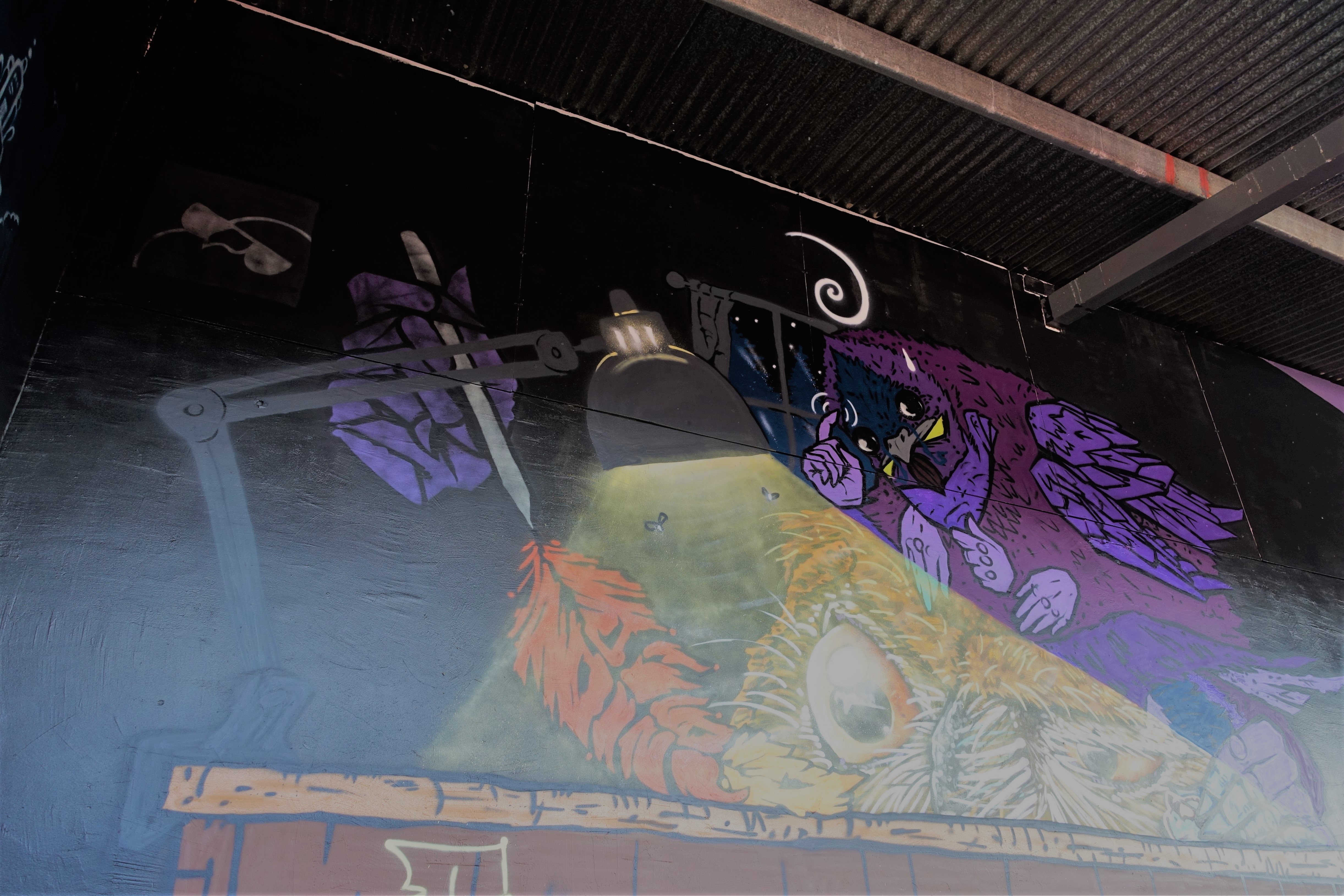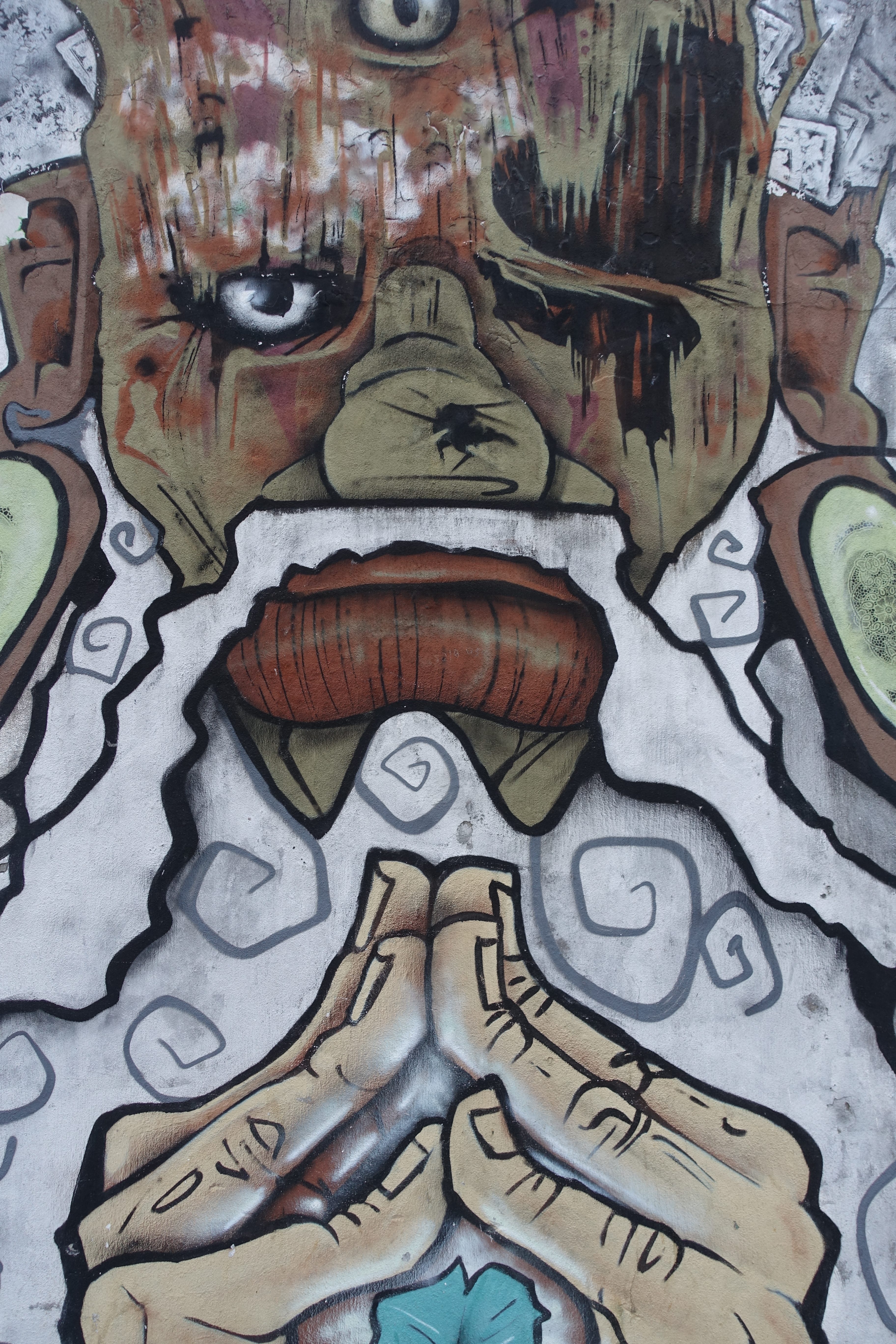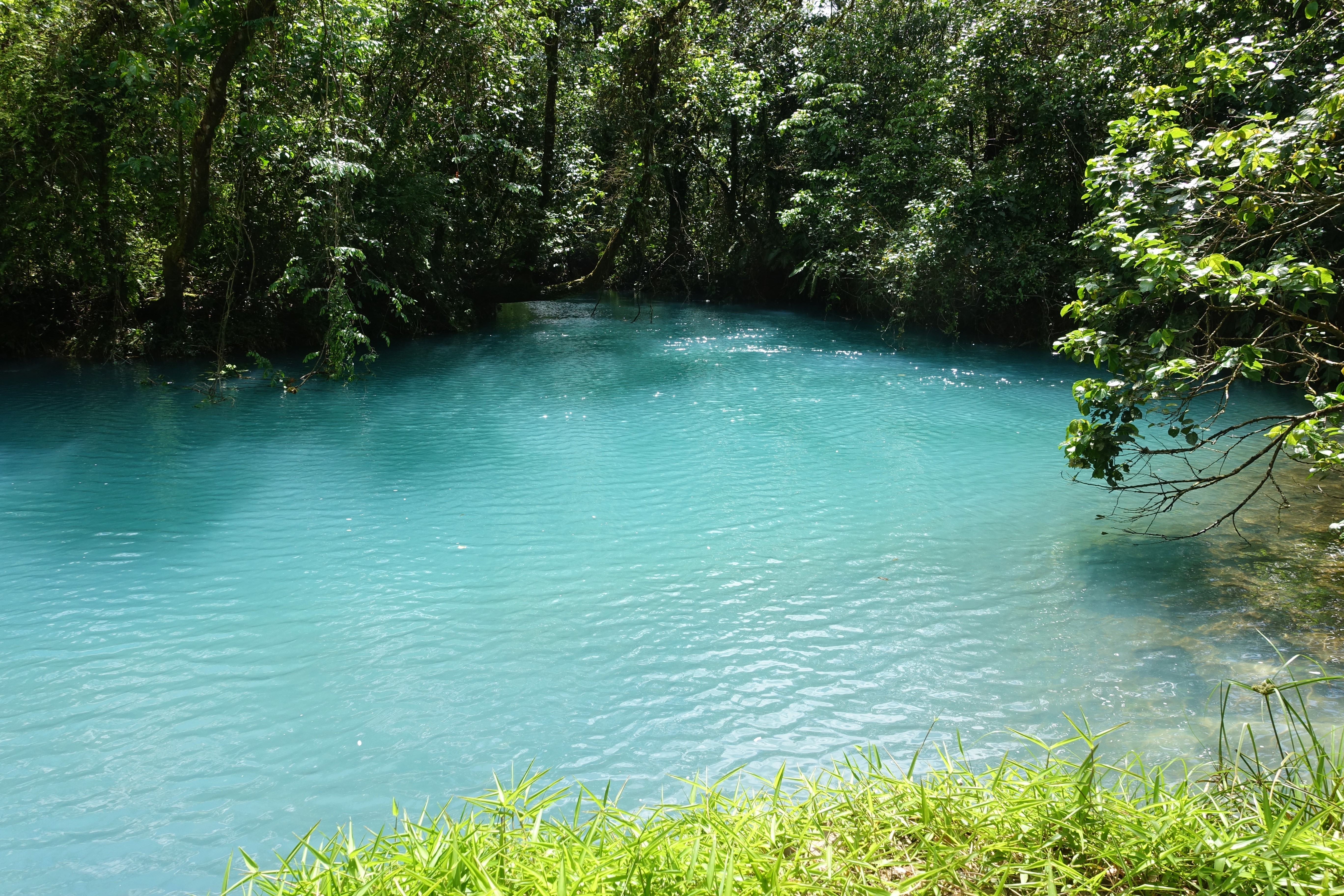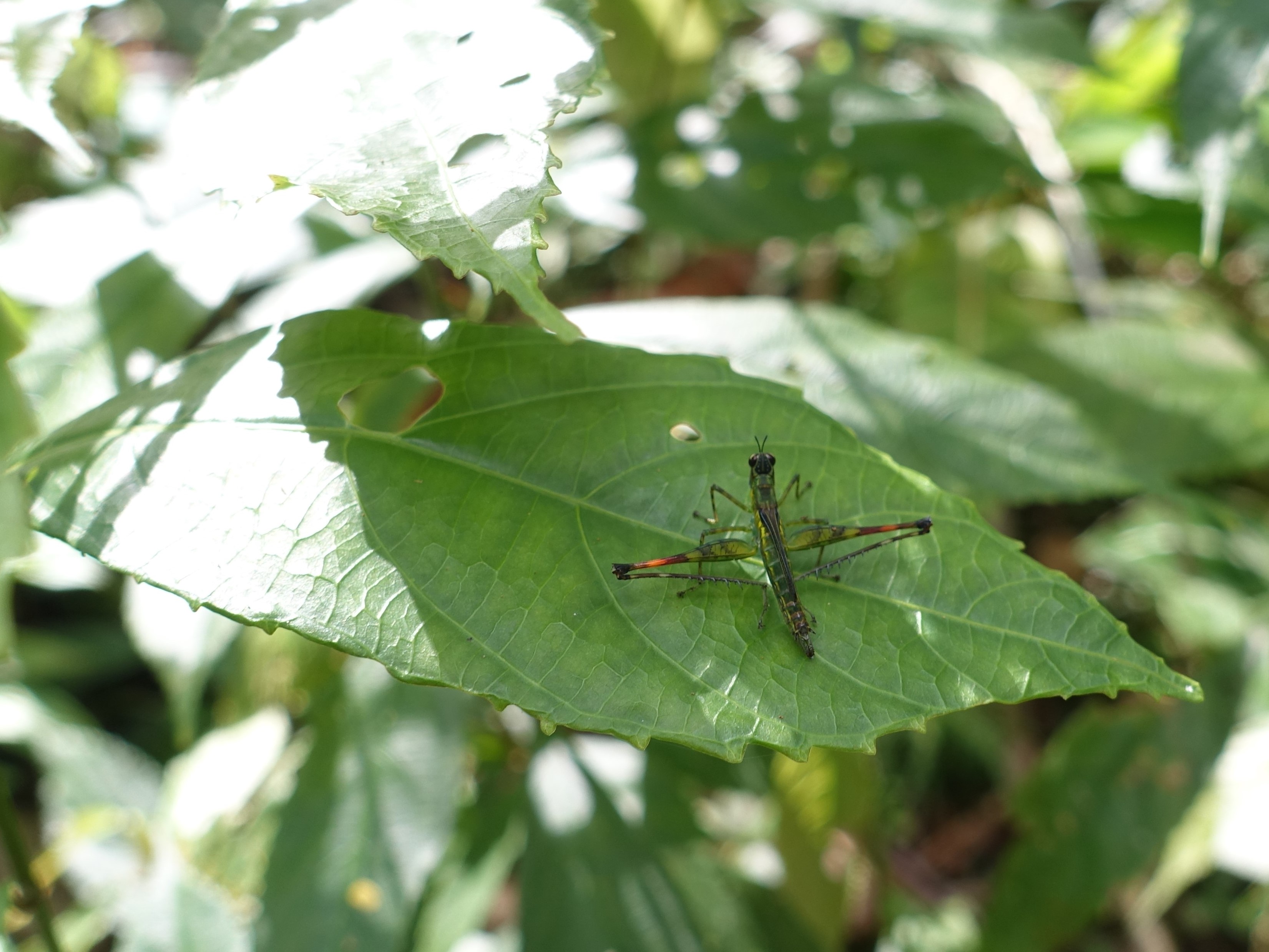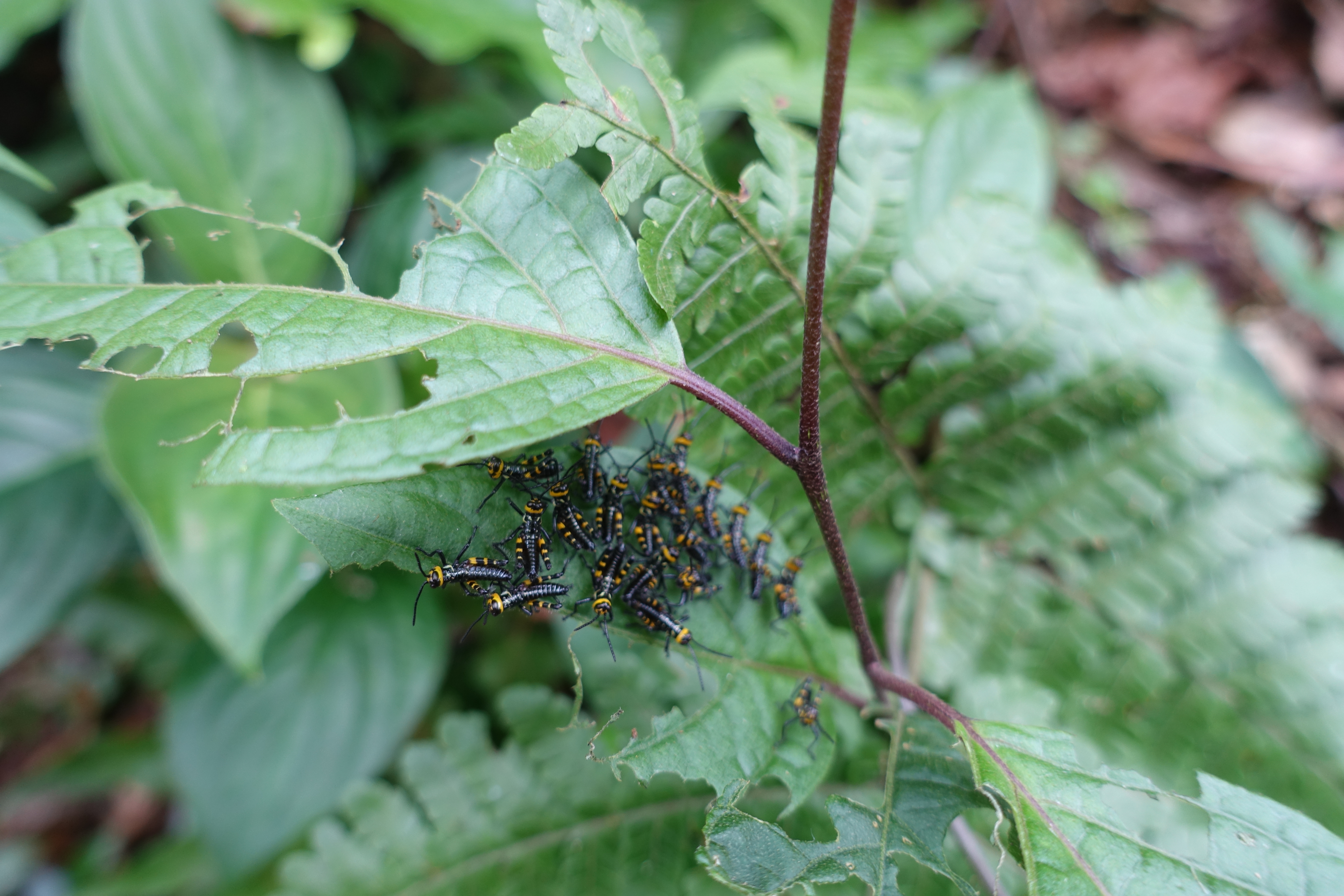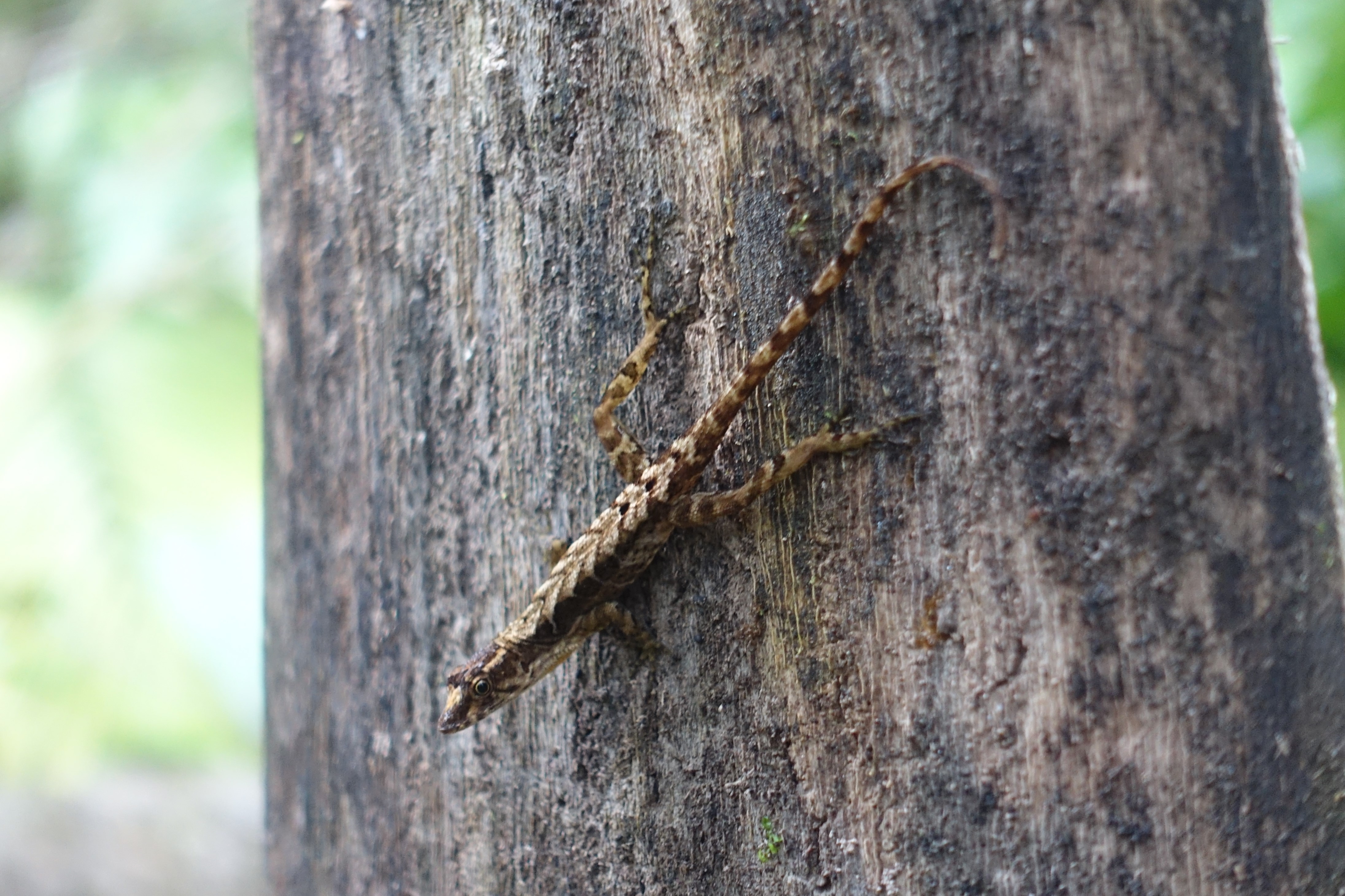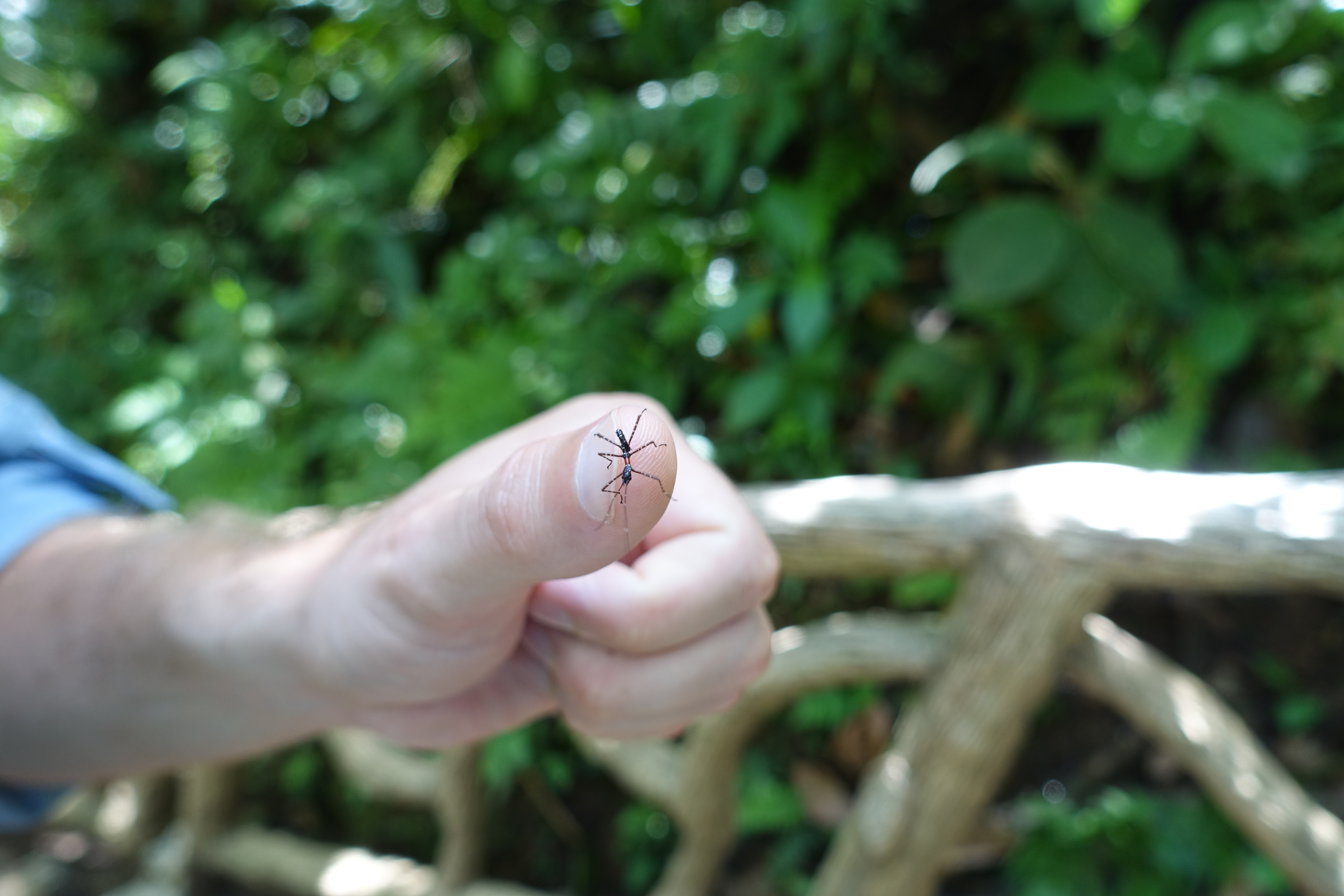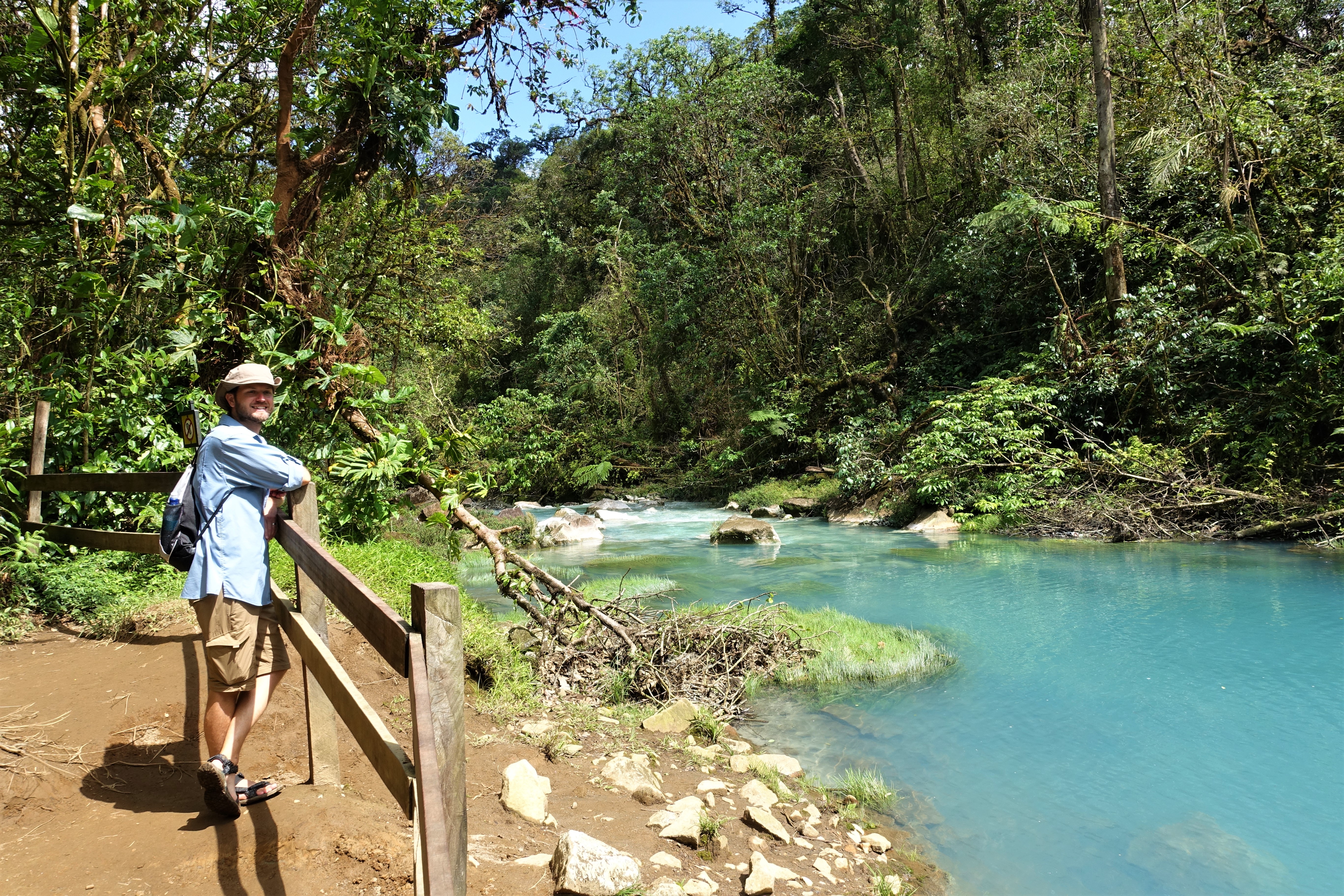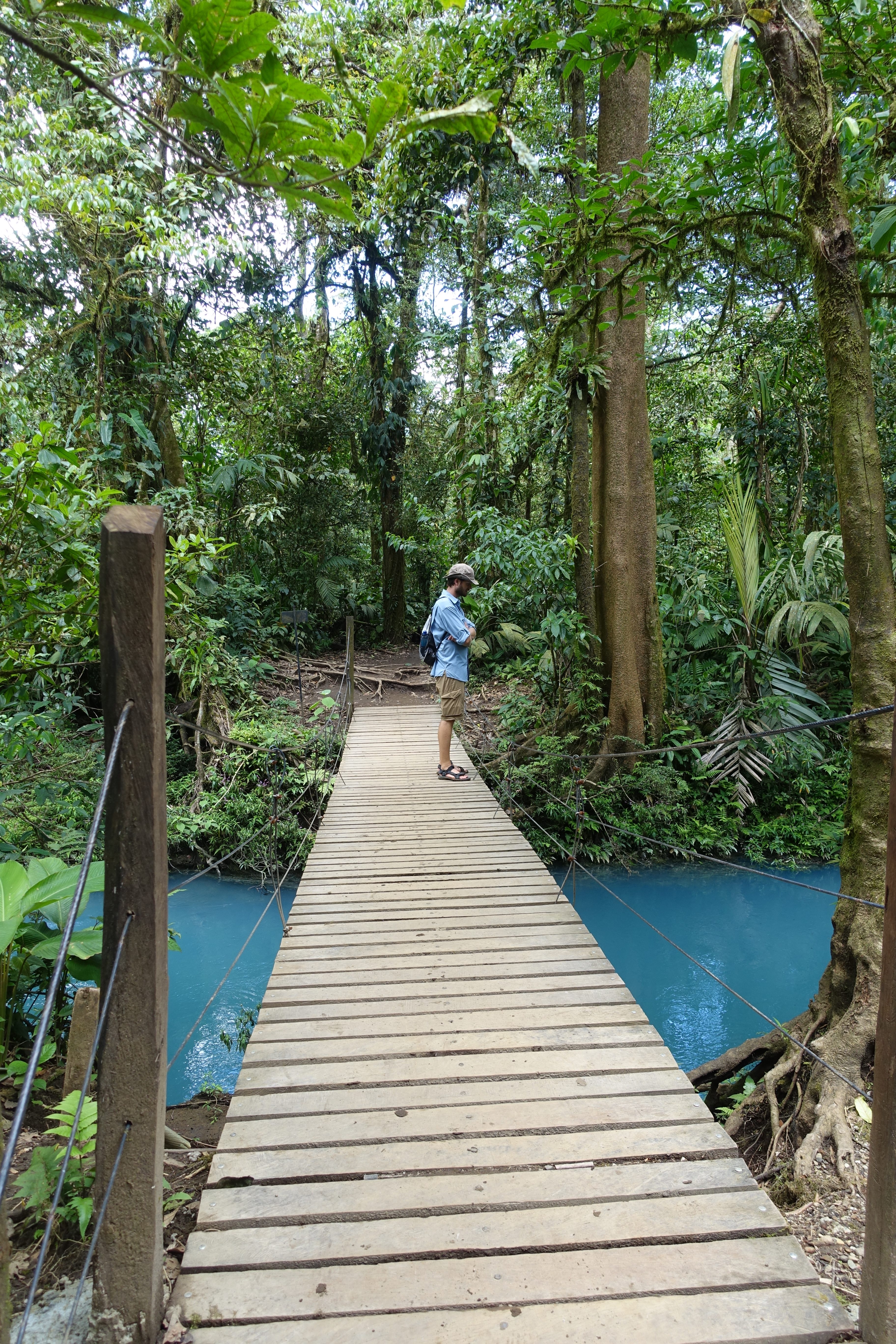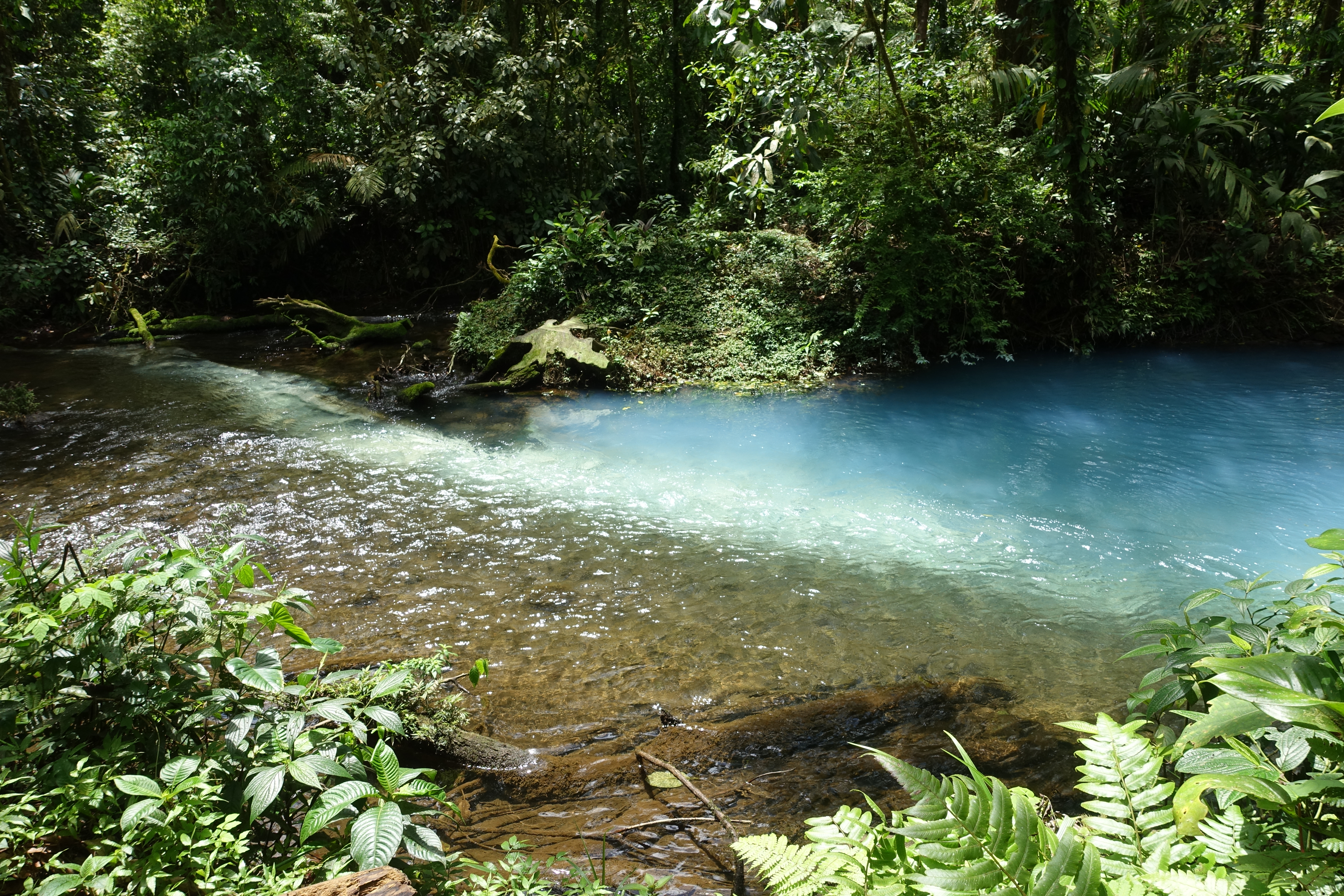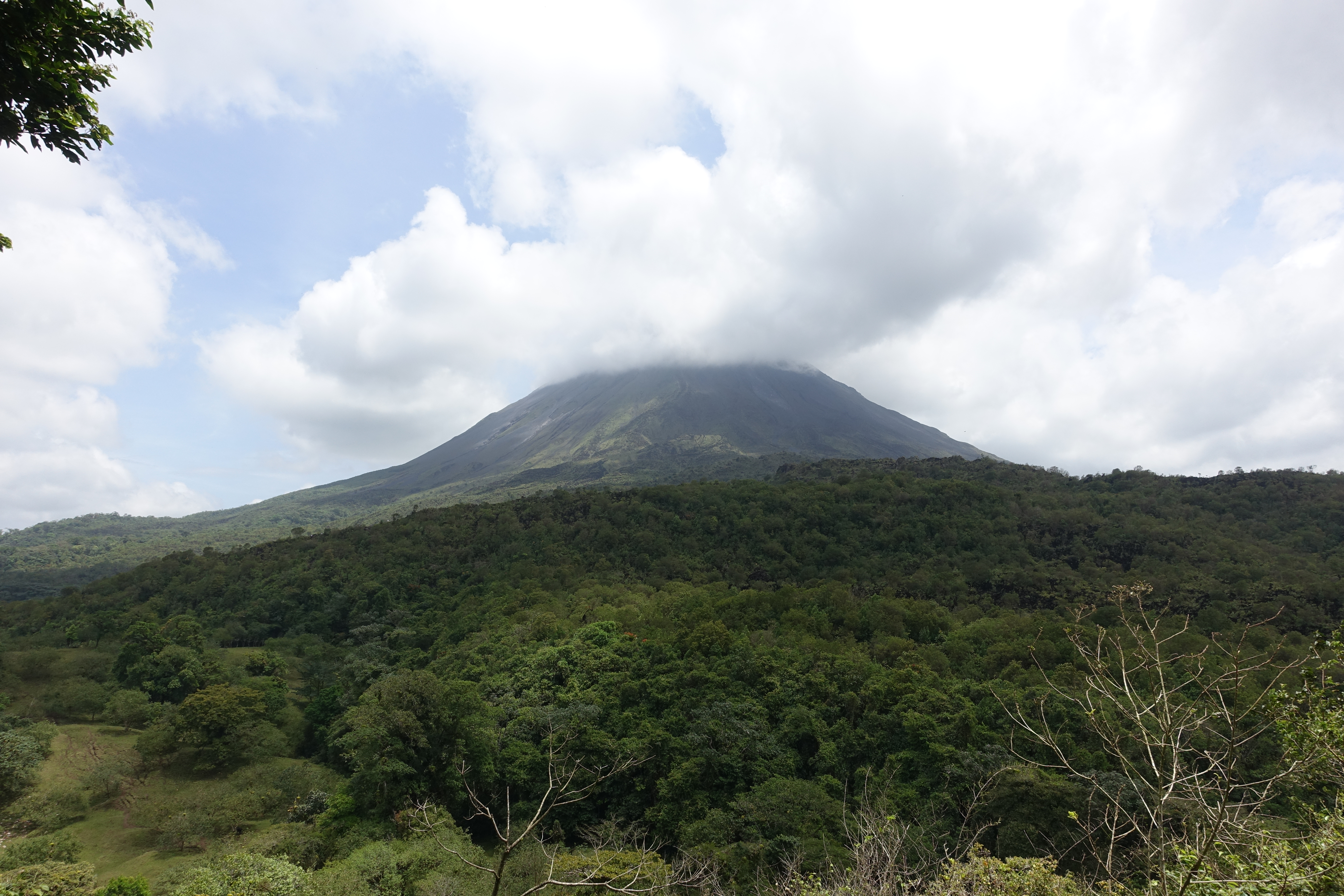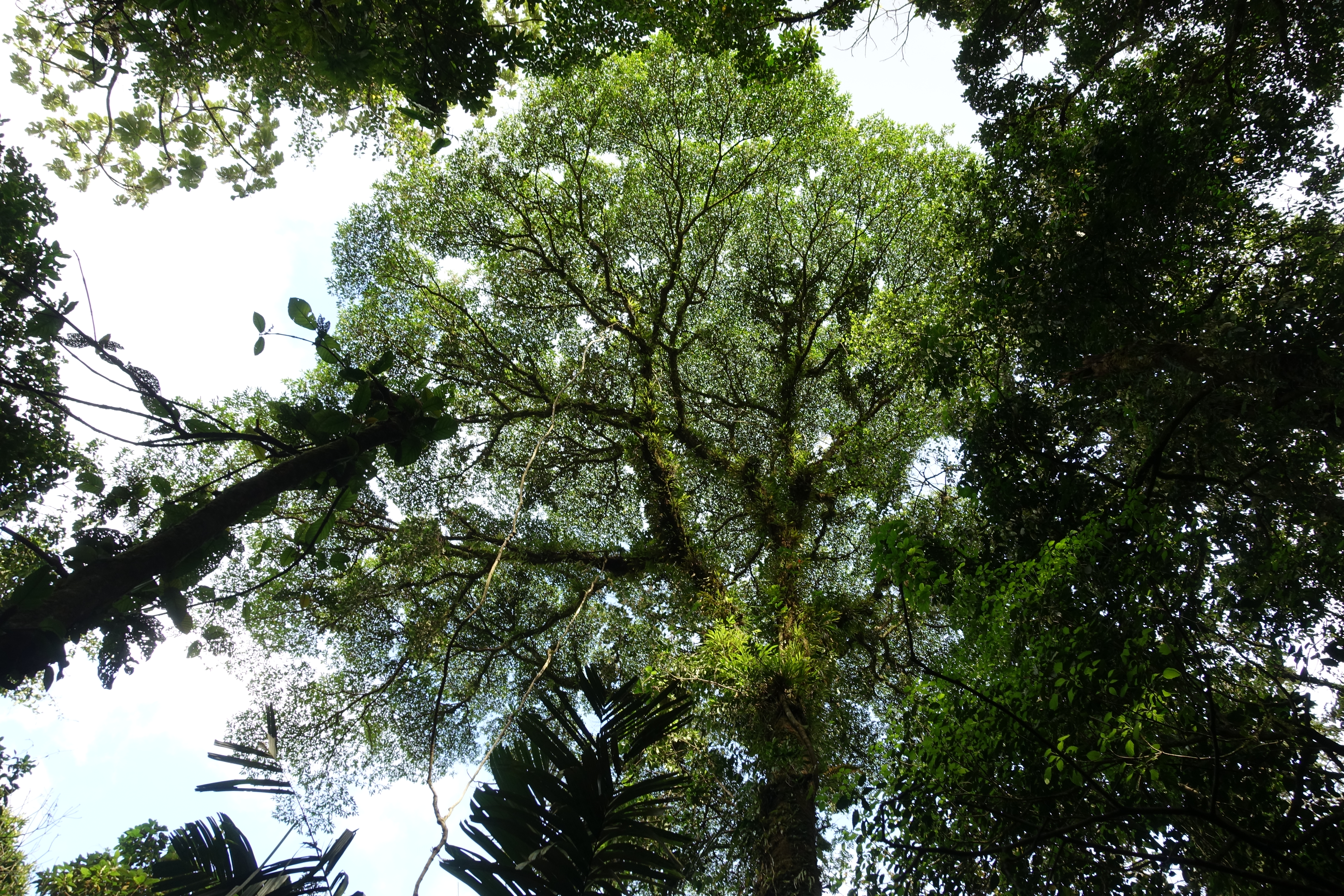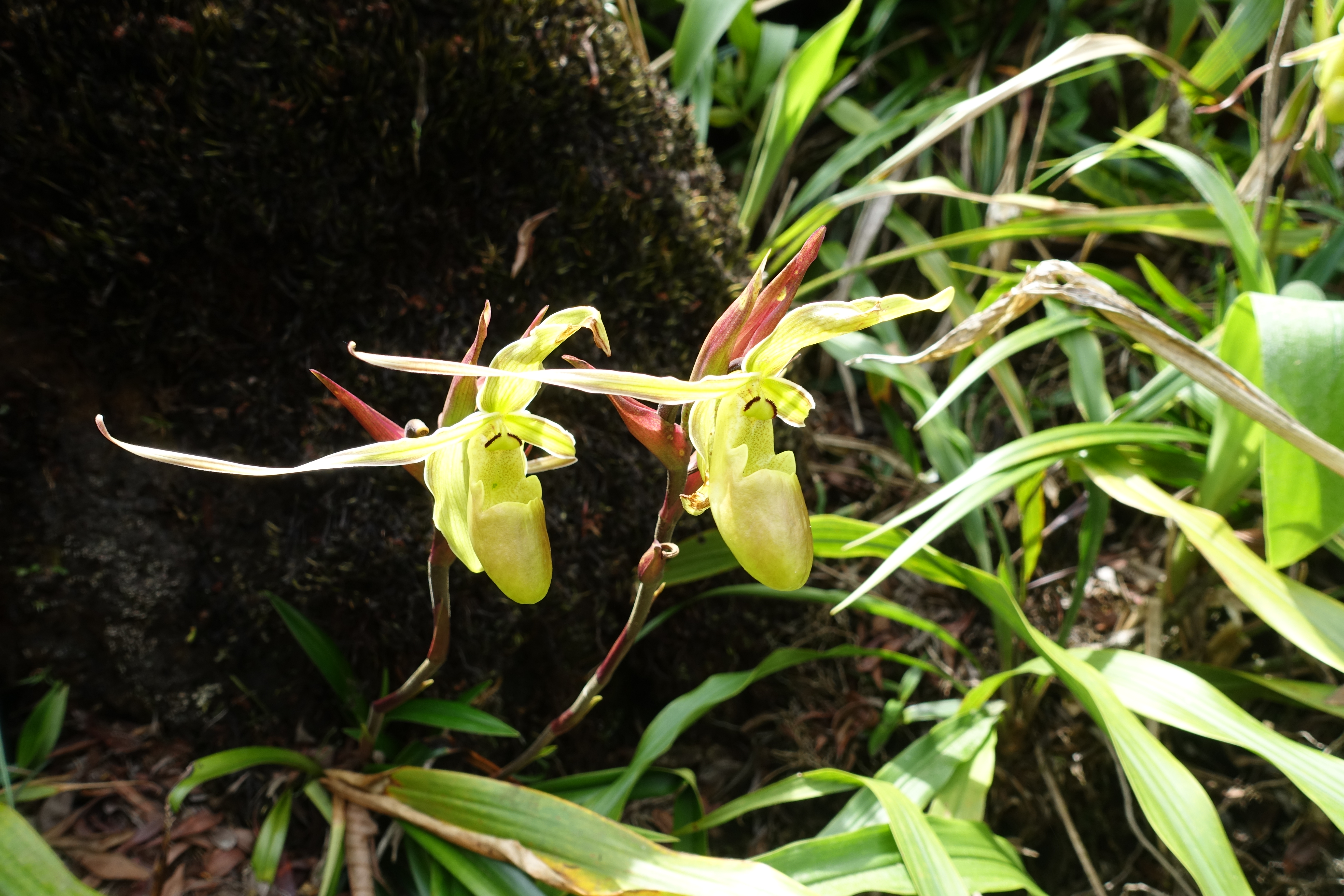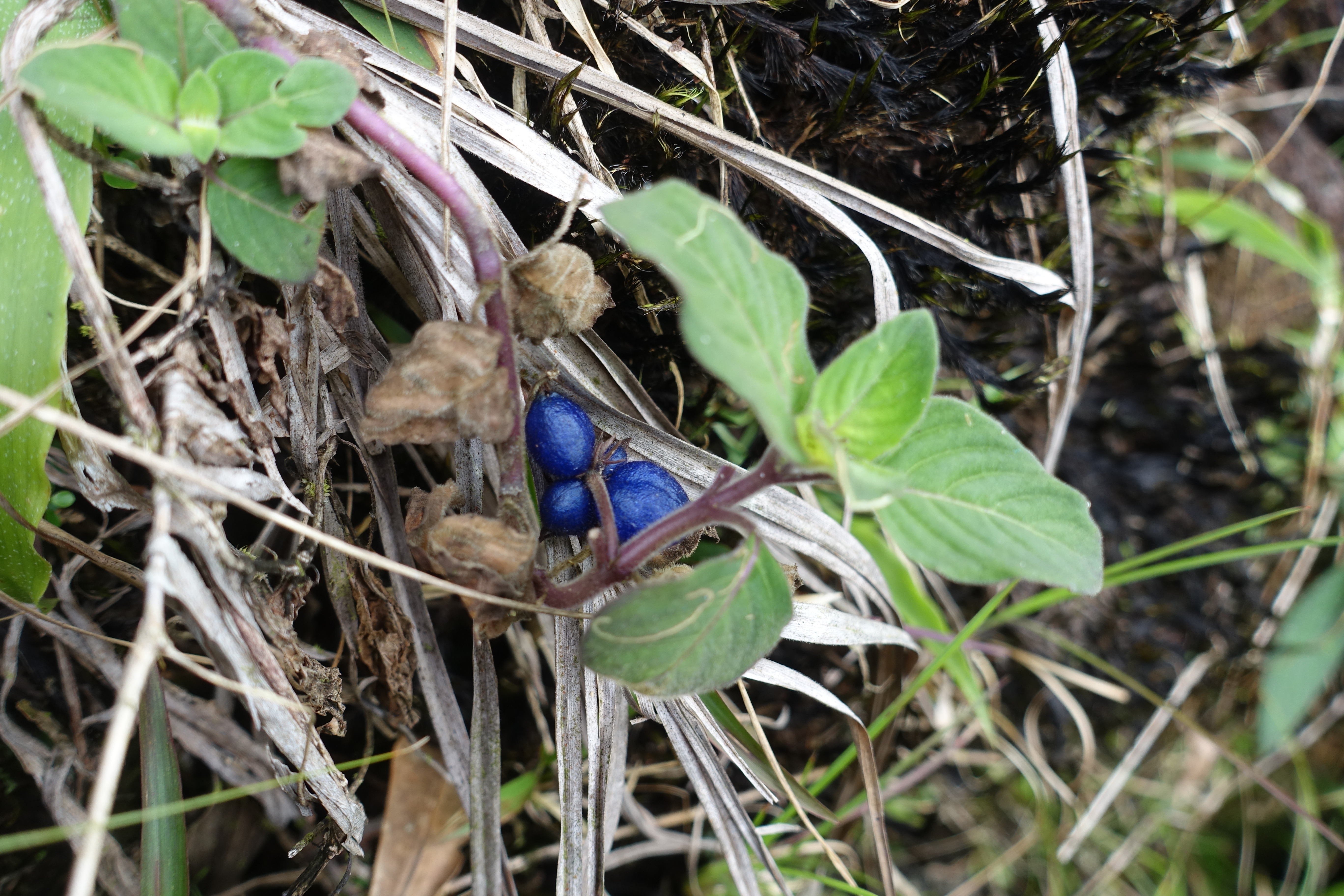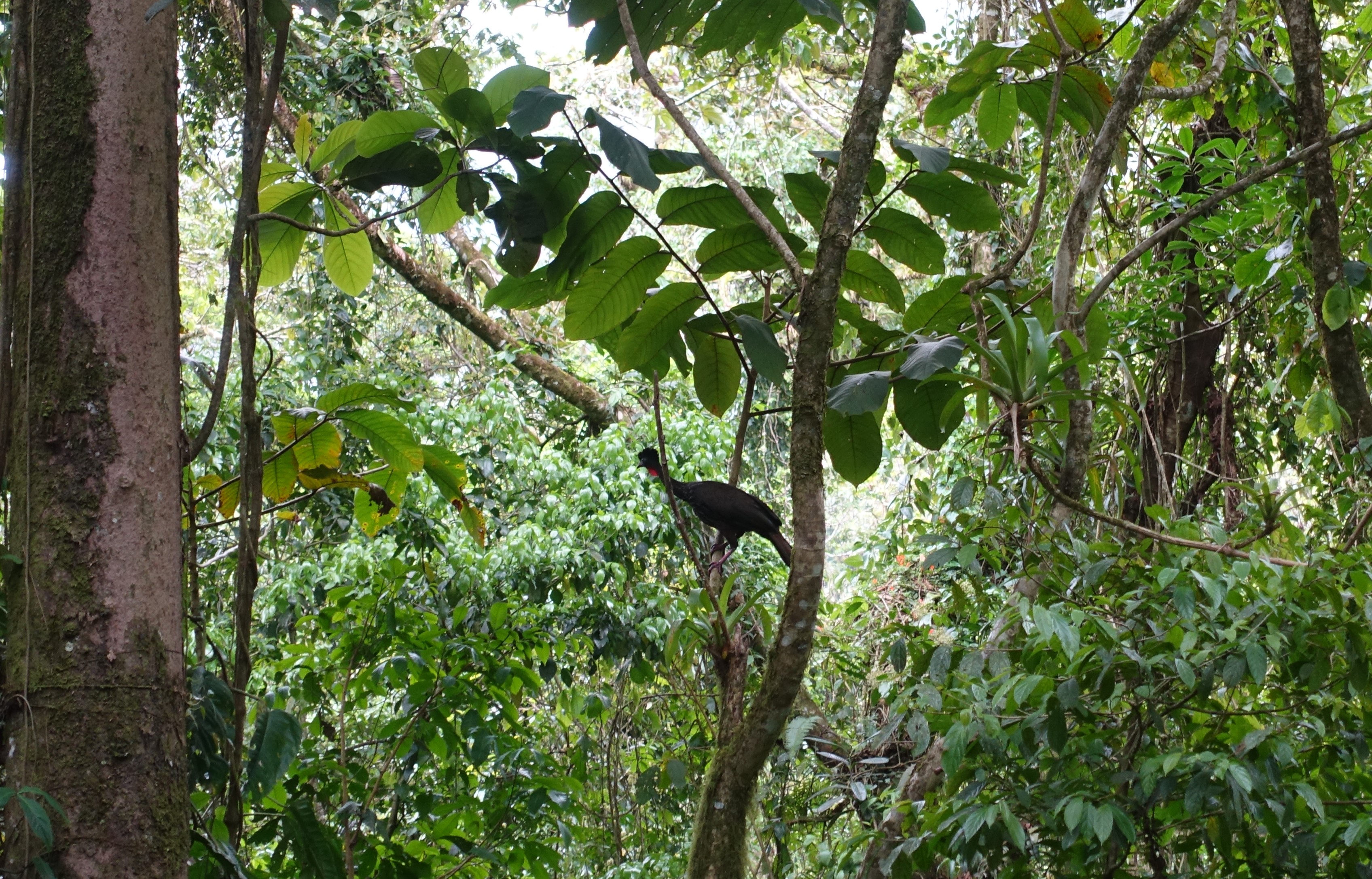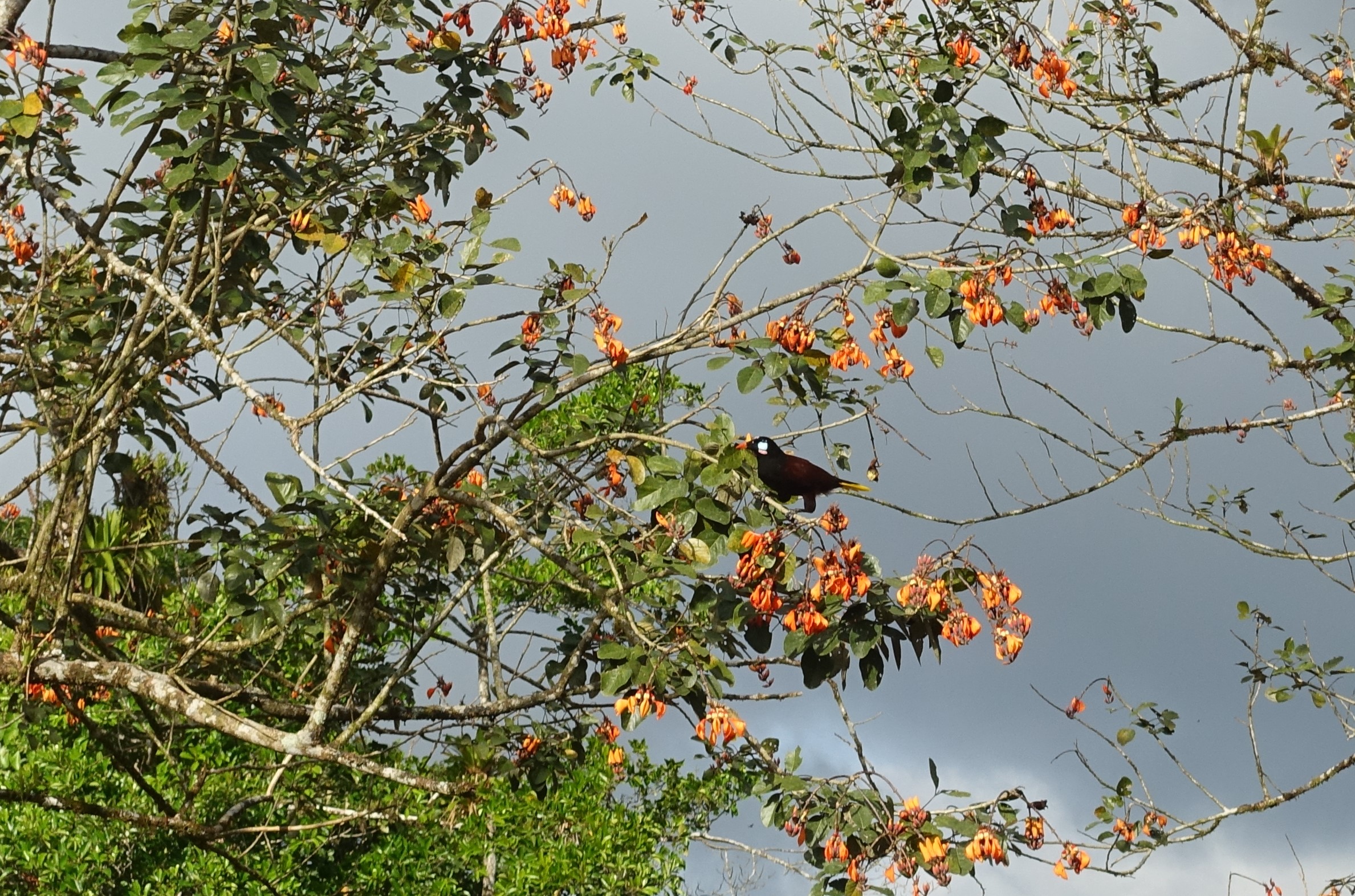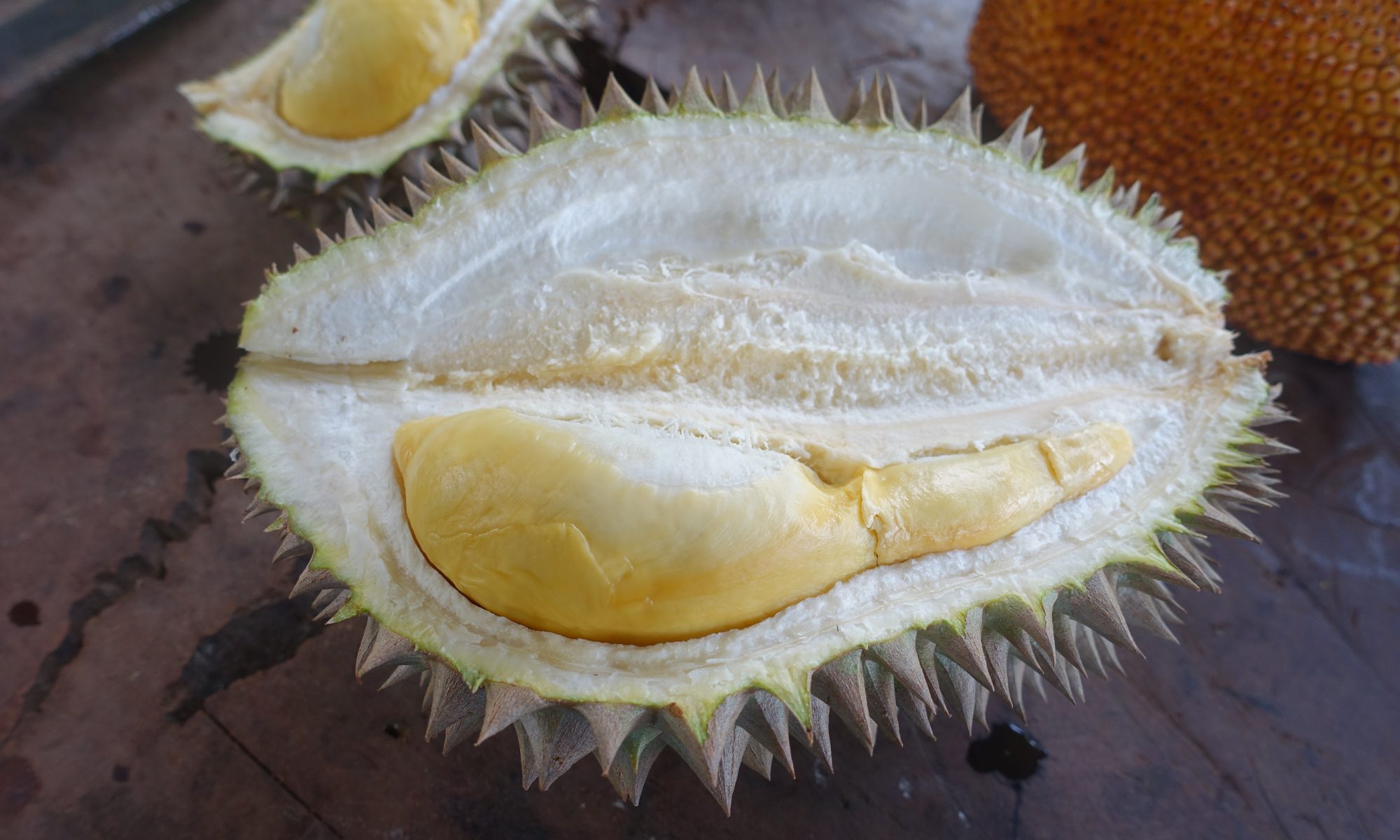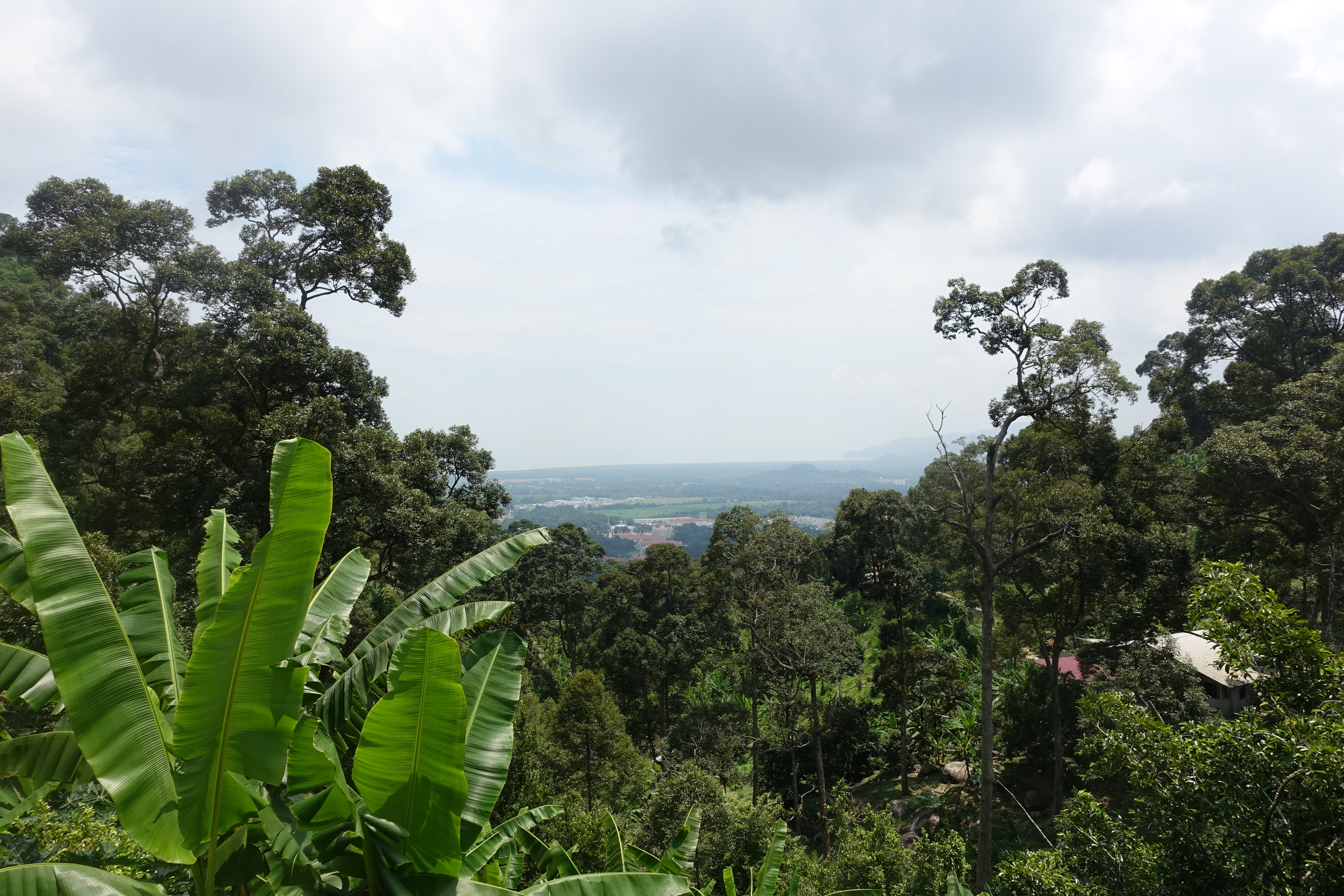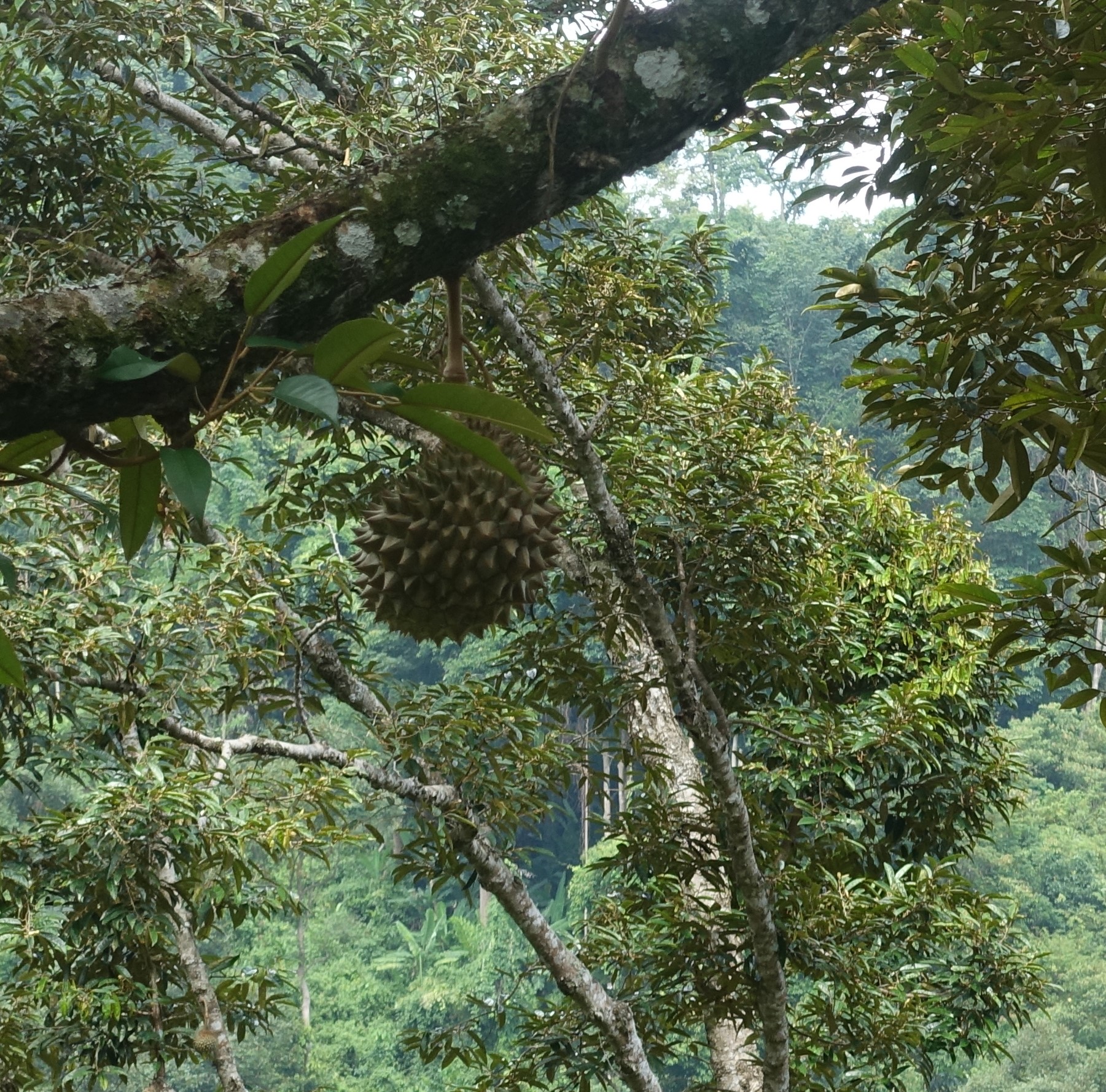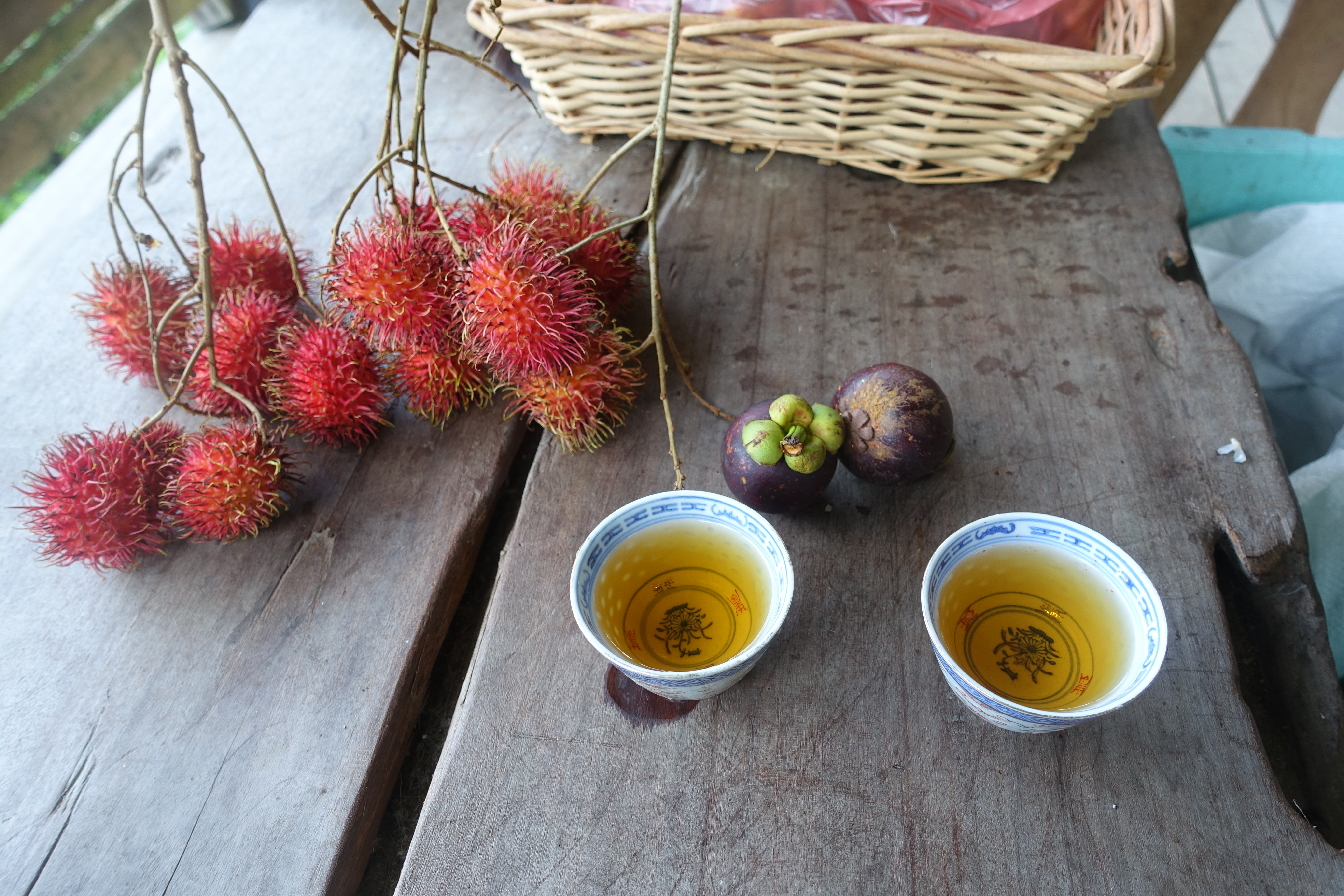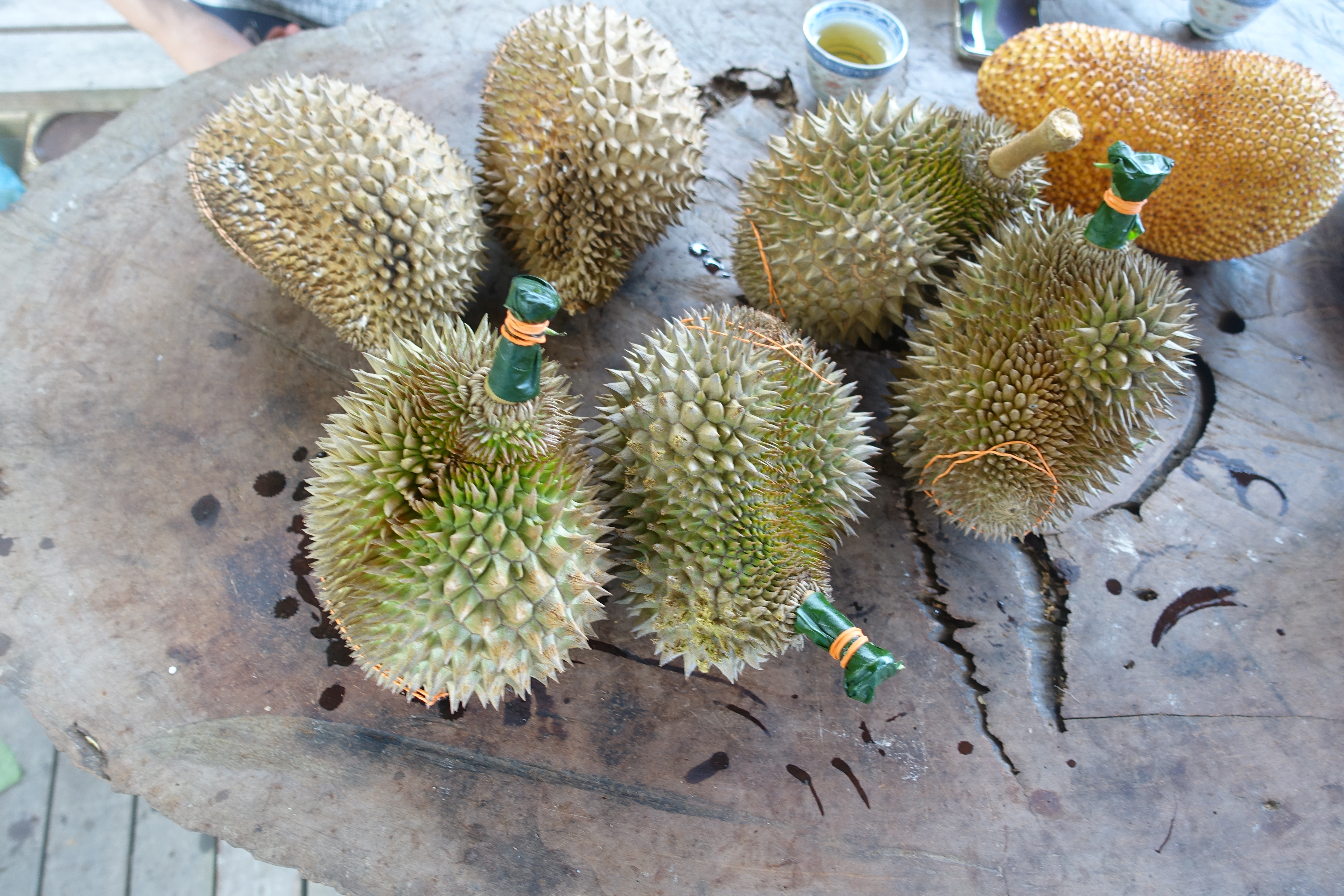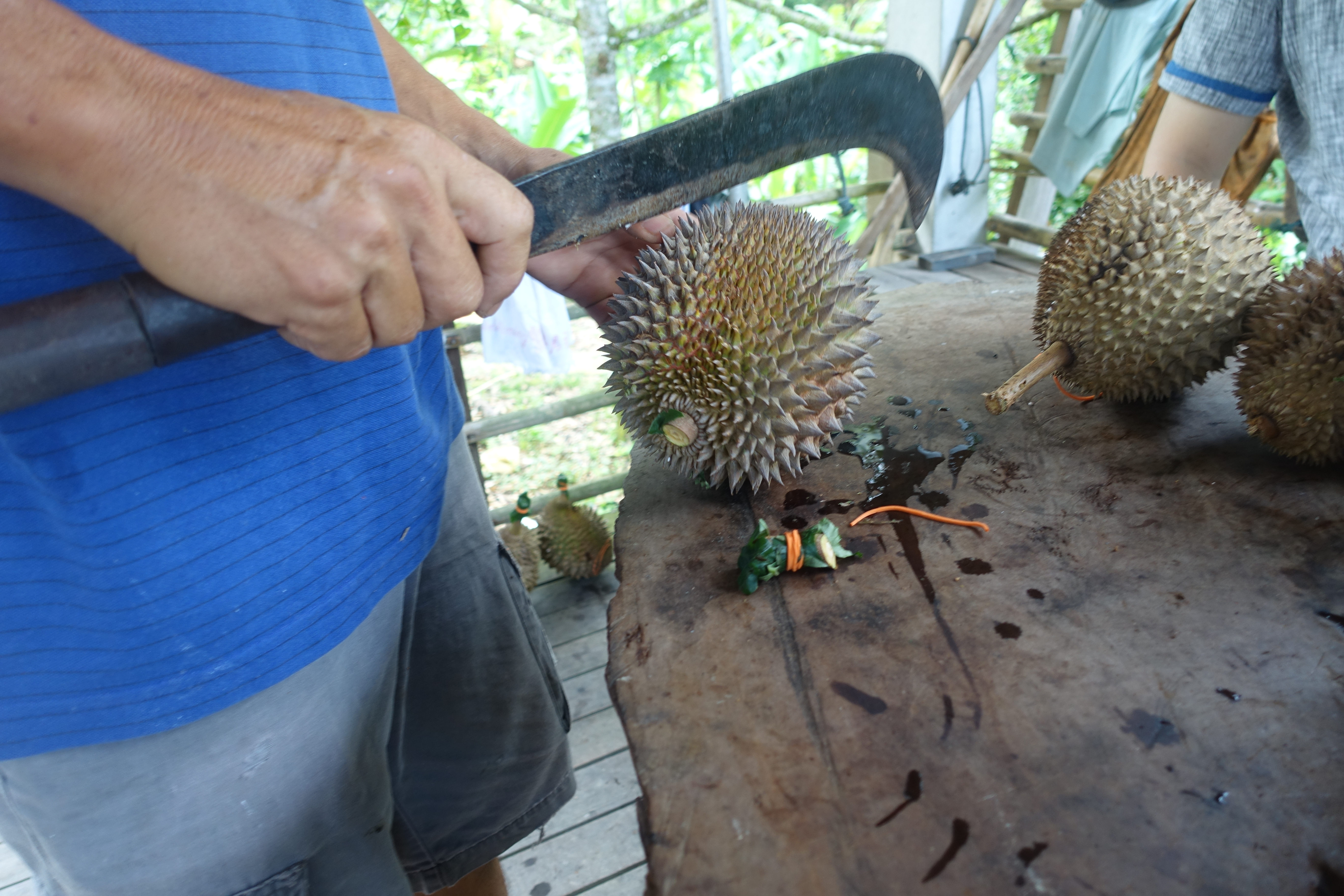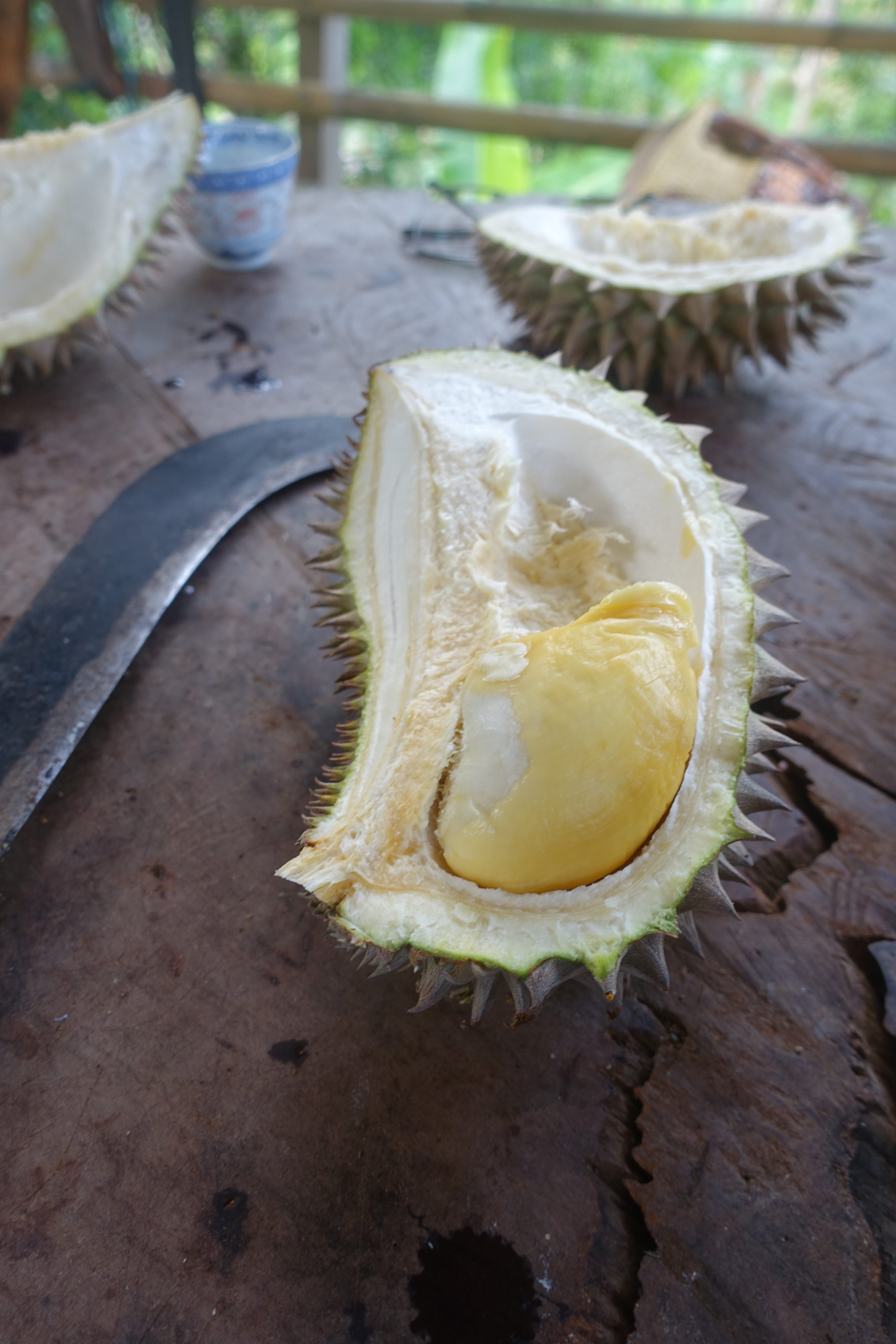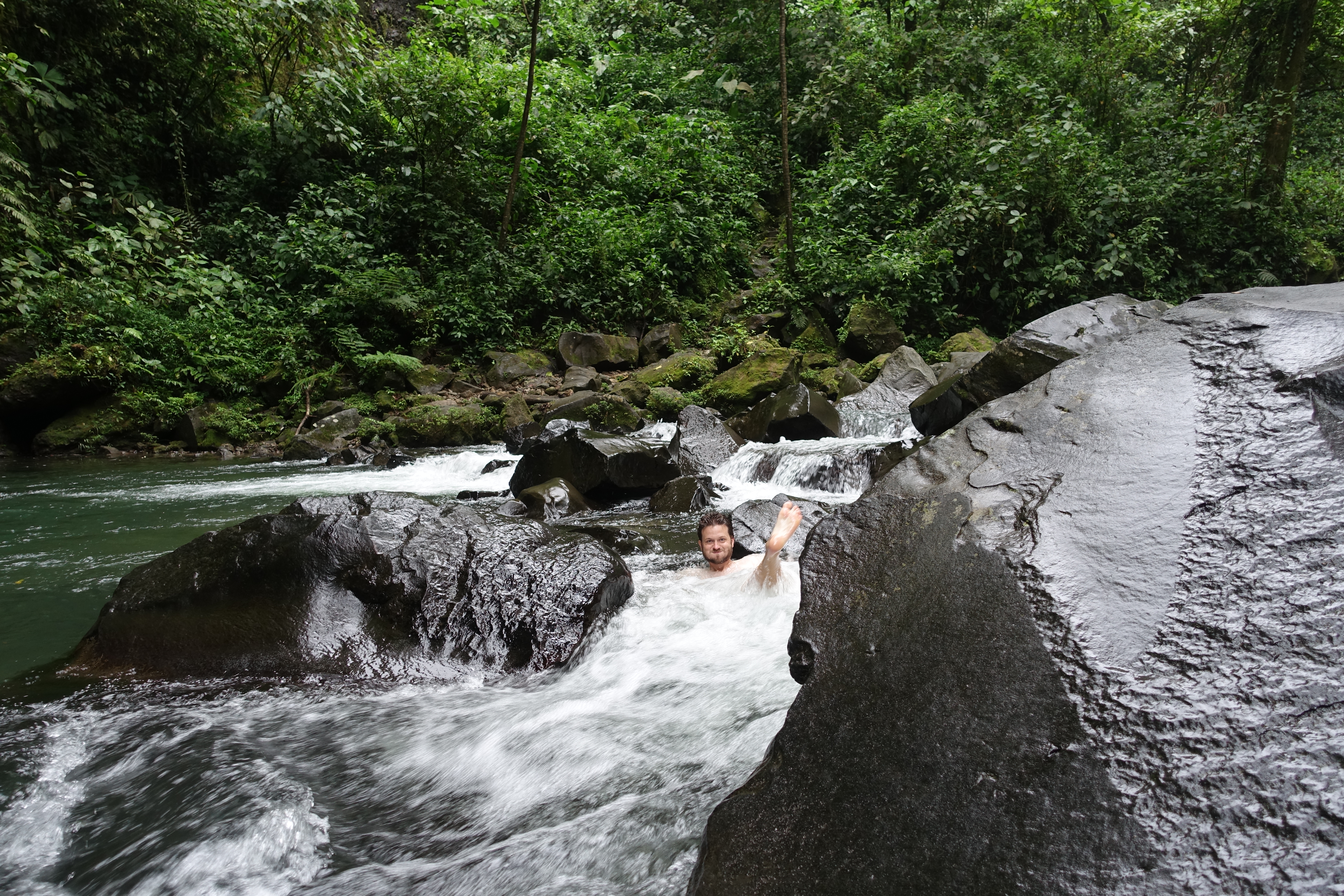This is the second post I’ve written discussing the most memorable things from each of the countries Elani and I visited this year. If you haven’t read the first one yet, you should – click here.
Indonesia
We actually made two trips to Bali, Indonesia this year, one a four week stay at the end of June and into July, and another four weeks in September. Not staying for two months straight was a logistics decision about visas (if for some reason you want to know a little more about that, here it is). There’s a lot of reasons to love Bali. The people are warm and friendly, the scenery is amazing, the food is great, and the culture and spirituality are so deeply ingrained that the throngs of tourists haven’t done much to dim it. Notice I didn’t say lizards? Yeah, they’re not really a central draw of the place. But really, when I think back on this year, Ned always pops into my head. Ned is an Asian Water Monitor who lived in the garden of the BnB Elani and I stayed at in Ubud in September. It was a time where I was spending a fair amount of time at the computer learning to build a website and writing, so having a nice garden to work in was much appreciated. Ned – as I ended up naming him – would usually show up in the late morning when the sun started getting hot. At around 18 inches long from his nose to the tip of his tail, he wasn’t overly large by monitor lizard standards, but he was quite large for a lizard in general. He’d lope down the steps from wherever he’d been hiding, and crawl along the plants overhang the garden’s pond in an attempt to ferret out his favorite food, the little brown frogs that lived there. When he found one, he’d leap into the pond after it with reckless abandon, usually swimming off empty handed to find a nice shallow bit of water to sun himself in. He would spend most of the afternoons switching between foraging expeditions, lazing in the sun, and going for swims in the pond, and watching his antics was always a welcome distraction. Having a wily lizard frolicking around right outside my front porch may not have been the most profound or emblematic of my experiences in Bali, but it was certainly memorable.
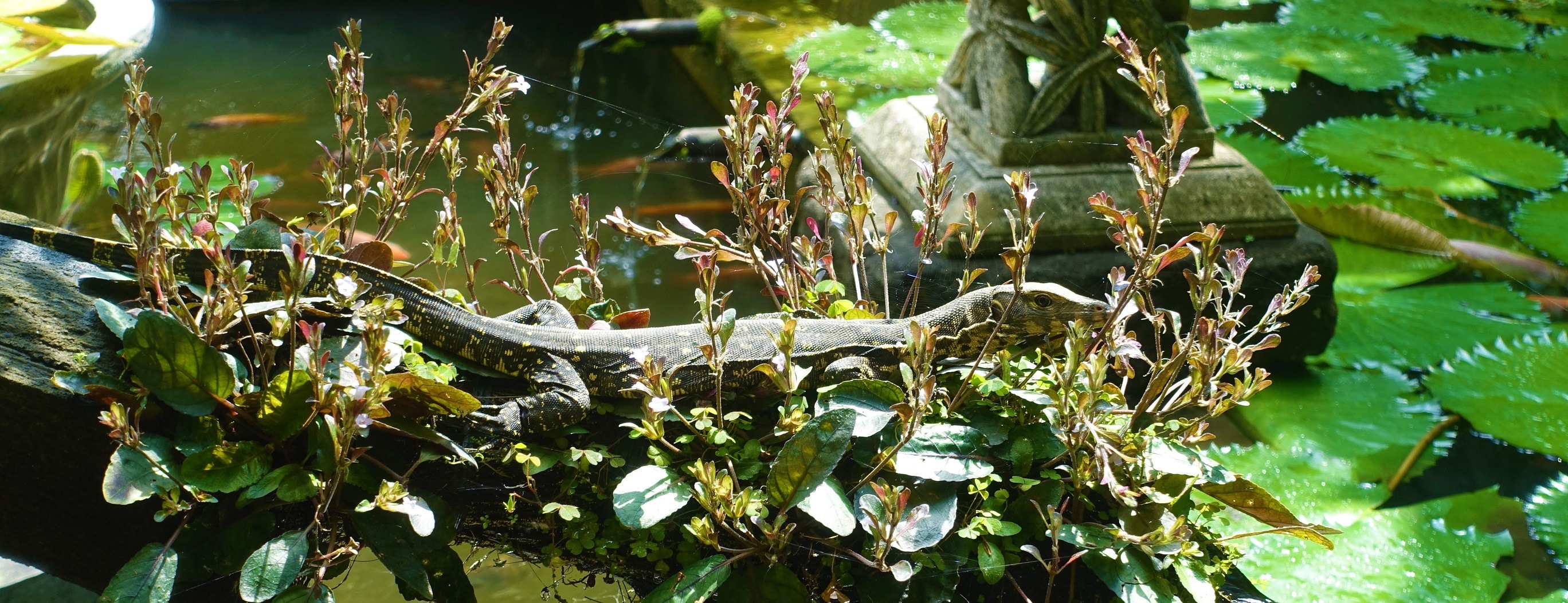
Taken by Elani
Malaysia
For the last week of July and all of August, we were in Penang, Malaysia. We made the call to stay outside the center of Georgetown so we could rent a place with plenty of room and a full kitchen. Another benefit of the place we rented was that it was just a couple of blocks from a great local market. On our second day, our host took us there and showed us around, which was great not only because it would have been a bit hard to find on our own, but also because I think she made sure to show us the places that wouldn’t jack up the prices just because we were foreigners. In addition to stalls selling fruits, veggies, meat and dry goods, there were food stalls. We usually went about twice a week, ate breakfast at the food stalls, and came home with two or three grocery bags full of fresh veggies, chicken, eggs, fruits, and rice or noodles. The total cost never topped $20 US. Cheap grocers are great and all, but the memorable thing about markets were what a community center they were. People were always chatting with the shop owner or folks they just ran into there, groups were always sitting around the food court laughing and enjoying coffee or a bowl of noodles together. Places like this can be tricky for tourists. Sometimes it’s pretty clear the locals would rather the tourists stick to tourist places, but that was very much not the case here. The shop owners we frequented were cheerful and friendly, and it was pretty clear that we were more of an interesting change from the routine than a headache. Occasionally some of the locals who spoke a bit of English would say hi and ask what brought us to Penang, and once one of the old ladies who lived in the same building as our apartment insisted on buying us lunch. Many places aimed at tourists make you feel catered to, but not necessarily welcome, so going somewhere like the market that has no interest in catering to anyone but locals and being made to feel welcome there was a great experience.
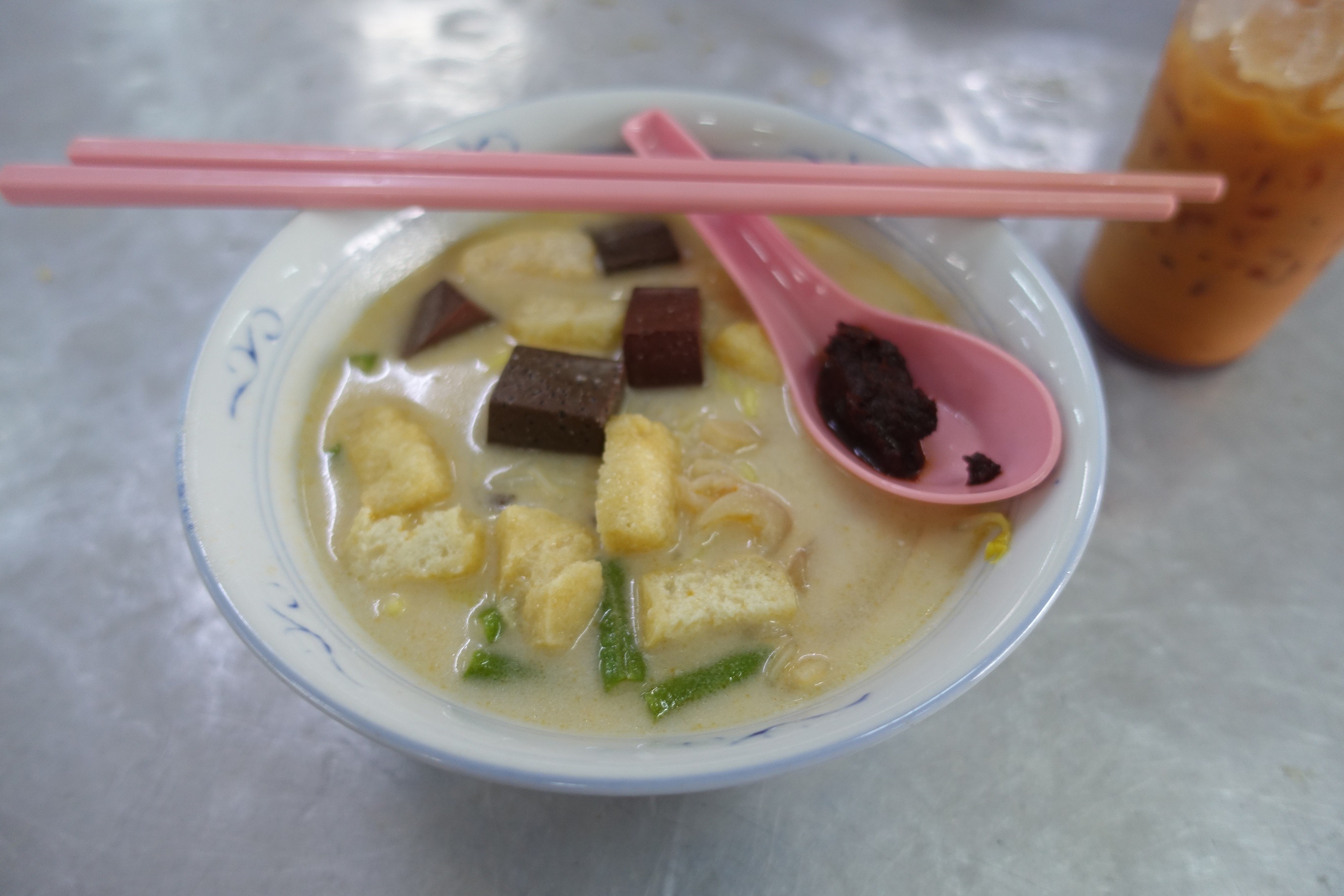
Taken by Elani
Thailand
Okay, so the most memorable thing about Thailand was the elephants. But I’ve already gone on about them in some length, so I’m going to talk about number two for Thailand: leaf packets at the walking street. The walking streets were two of the streets in old town, and on a certain night, they would shut down to everything but pedestrian traffic and be lined with stalls selling food and all manner of goods. The best snack of all were the leaf packets, and the best leaf packets were made by a mysterious vendor, who Elani and I took to calling “Leaf Packet Man” for reasons that should be obvious. That fact that these were the clear winner is in no way a slight on the rest of the food there, there was great stuff to be had, but wow, leaf packets. I have no idea what the Thai name for them is, I don’t think I ever heard it and I believe the only signs were those saying the price, 10 Baht – that’s just over 30 cents US – for a skewer of three. They were little round, well, packets of folded leafs containing some combination of lime, chili peppers, peanuts, red onion, ginger, roasted coconut, and probably some other stuff I’m forgetting. I have no idea what type of leaves they were, but they had a mild slightly bitter taste not too far off from spinach, but with a tougher texture, though not unpleasantly so. Biting into them released little spikes of sweet, sour, spicy, nutty flavors as you hit each ingredient. Then as you chewed, they formed one glorious whole. When made by the expert “Leaf Packet Man,” each packet on the skewer had a slightly different makeup emphasizing a different flavor. To add to the mystique of the experience, “Leaf Packet Man” didn’t have an established spot, so finding his nondescript little booth meant required a far amount of searching and a little luck. But the reward was well worth it. Each one was a goddamned work of art, a symphony, wrapped in leaves – and you get three of them for the price of a candy bar. If I’m ever in Chang Mai again, the first thing I’m doing is heading to the walking streets, scouring them until I find “Leaf Packet Man’s” stall, and eating myself sick on them.

Taken by Elani
Vietnam
That brings us to the last country this year – Vietnam. Elani and I flew into Ho Chi Minh City at the end of October and stayed in Vietnam until the end of January. The largest chuck of that time was spent in the Mui Ne, which is a sunny beach town full of tourists escaping the winter doldrums back home. Or, like me, there for the kiteboarding. Warm (but not hot) water and steady thermal winds make it an ideal location for it, one of the best in SE Asia. But I came for more than just kiting, I was also there because it’s the only spot in the region that offers kiteboarding instructor courses. The five days I spent learning to be a certified instructor are what really stands out about Vietnam. At 8 hours a day plus homework, it was fairly intense, and I learned a lot. Some about kiteboarding itself, but more about the equipment, teaching psychology, and how to instruct people safely and effectively. It also represents new opportunities for my future and a way to expose other people to something I love. I’m really excited to see where it takes me in the coming year.

Taken by Elani
So, what does next year have in store? I have no idea. Probably a bit less travel, but we are still heading back to Penang to catch Lunar New Years before heading home. After a year, it’s time to see friends and family and enjoy the beautiful summer we get in the Pacific Northwest before setting out again. But after some time at home, who knows….
